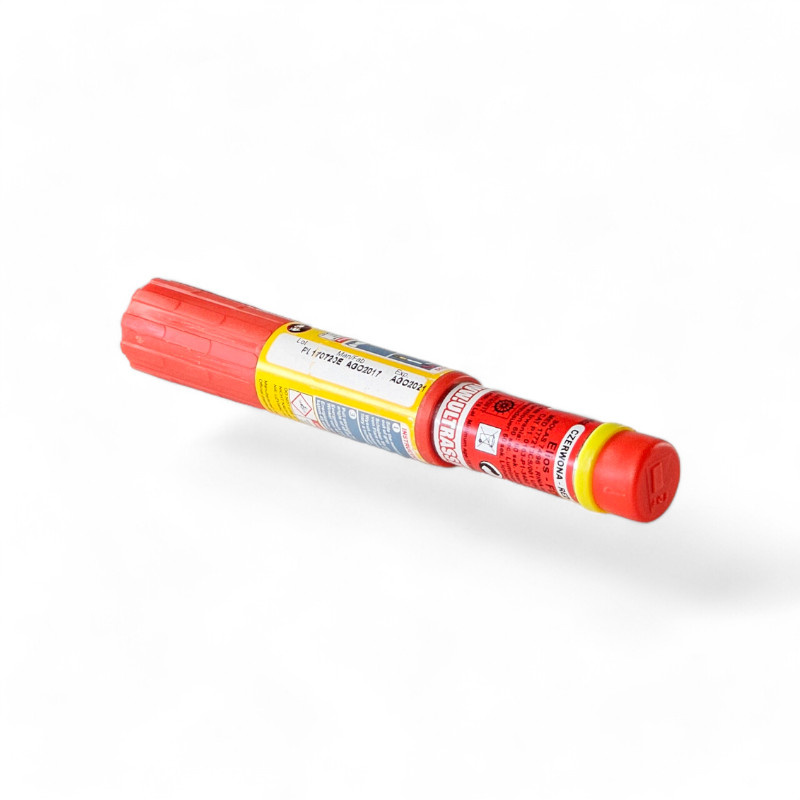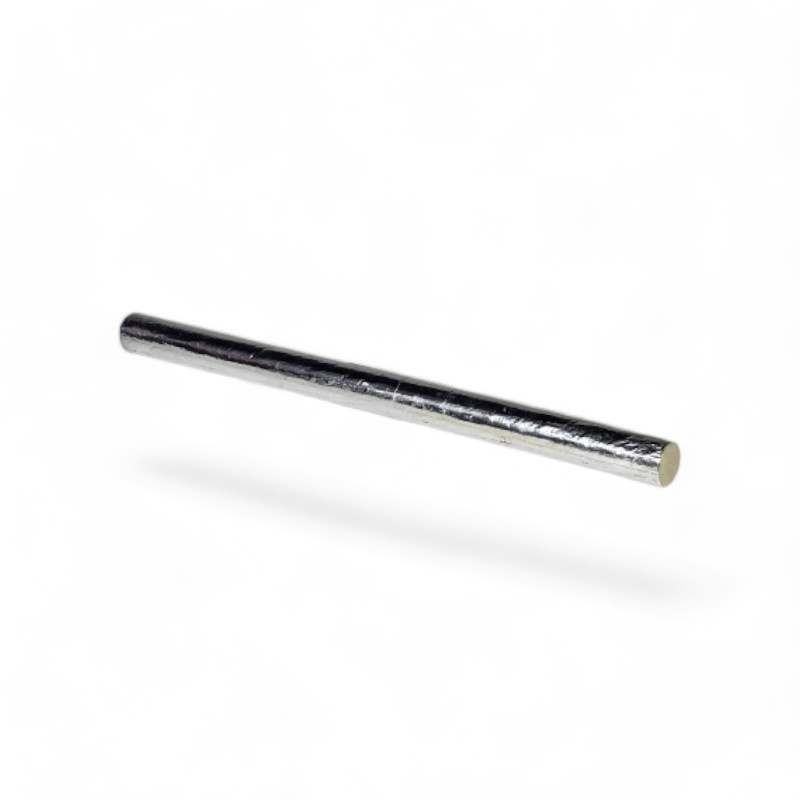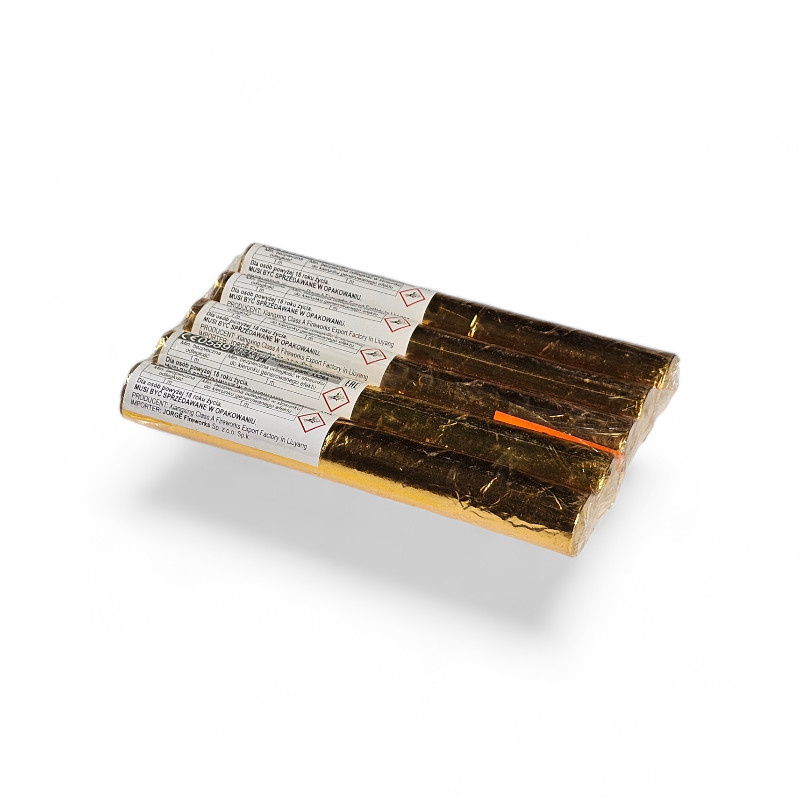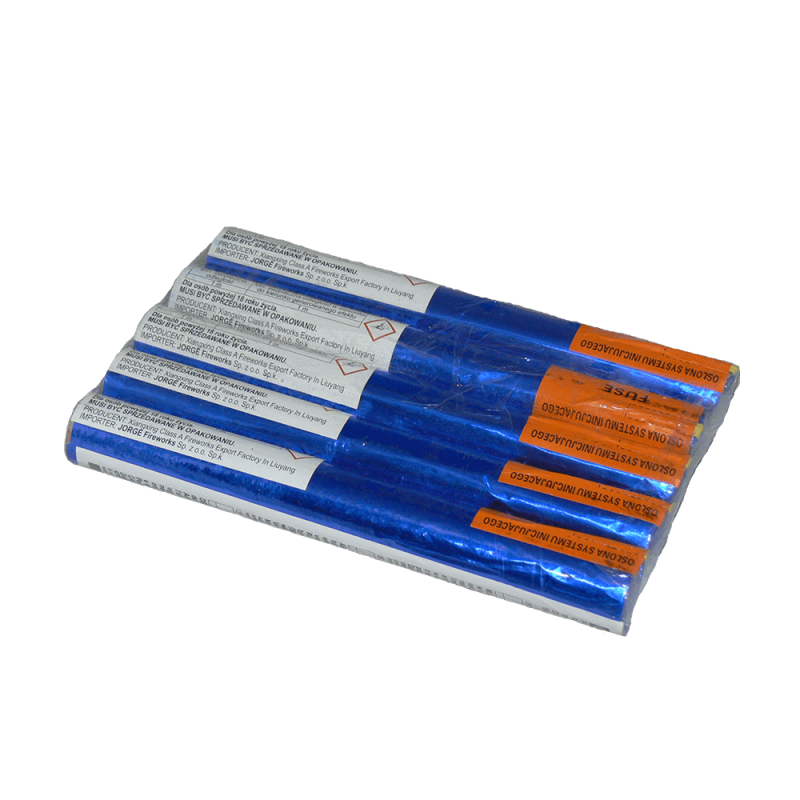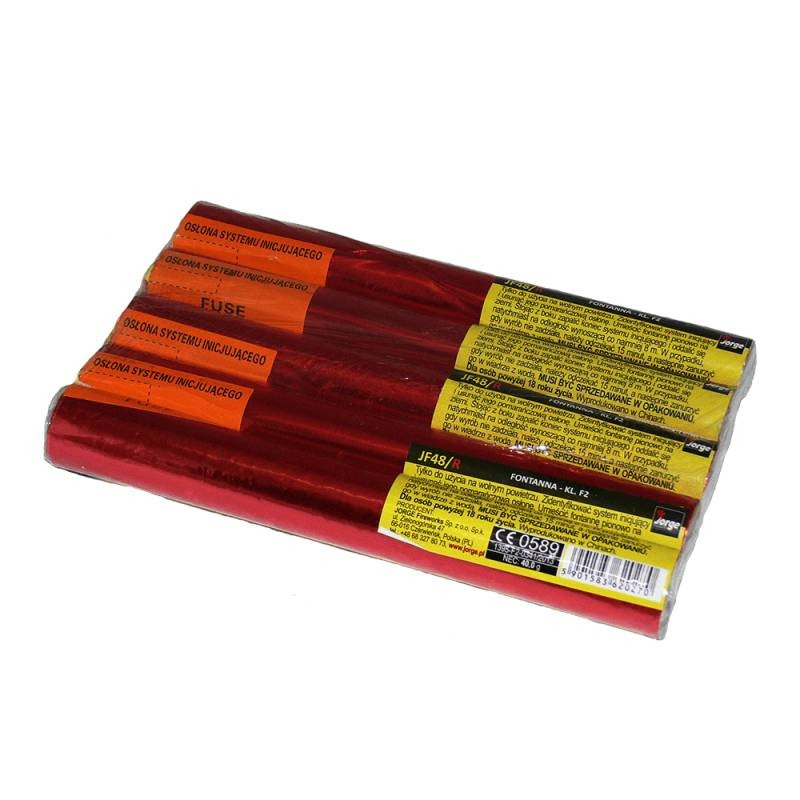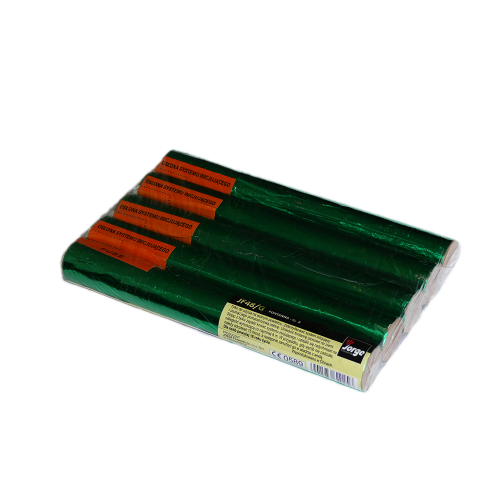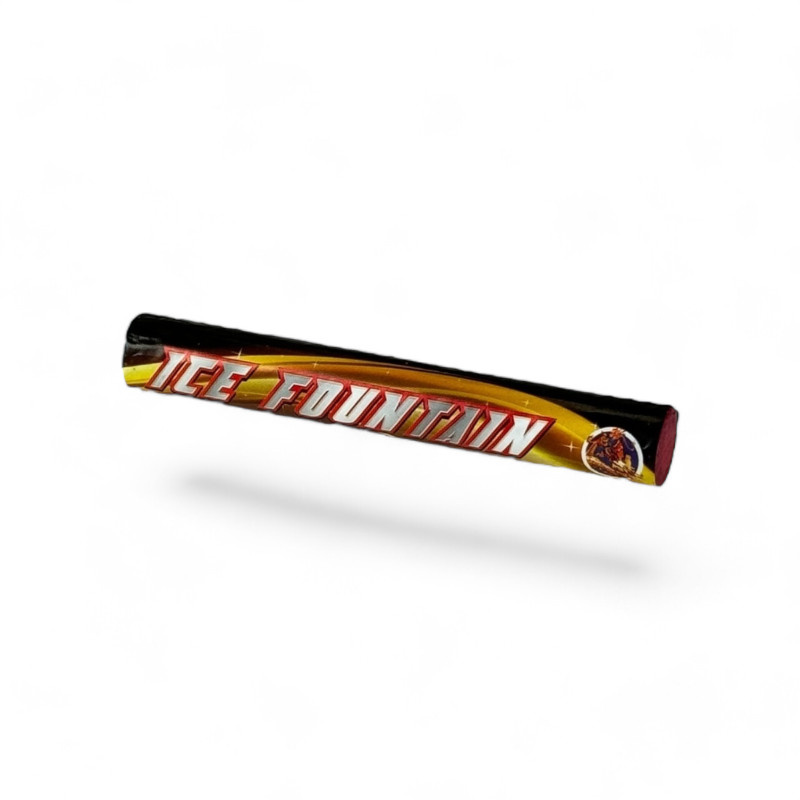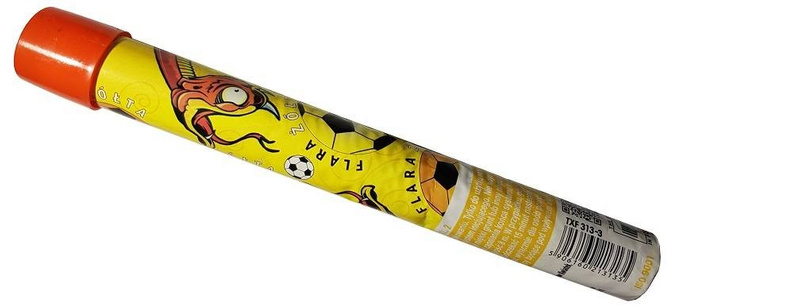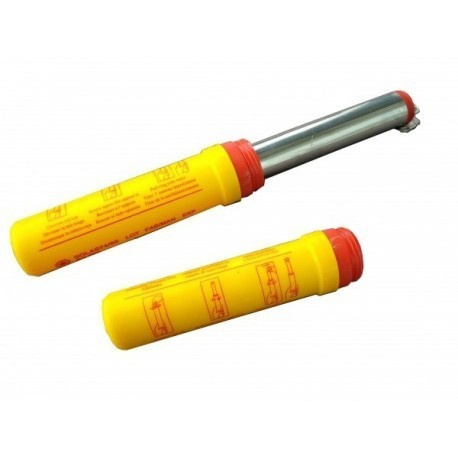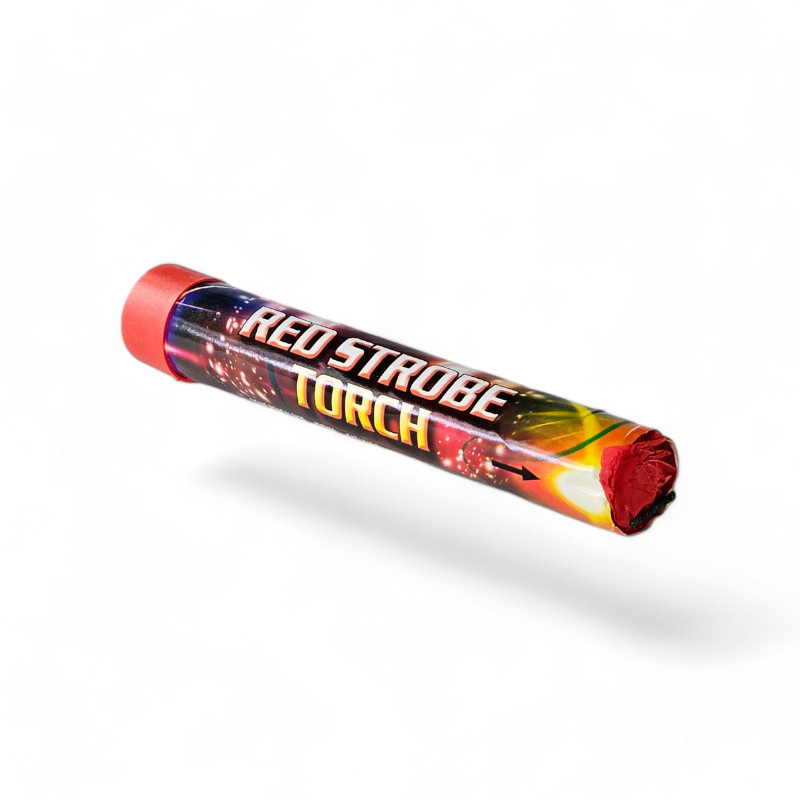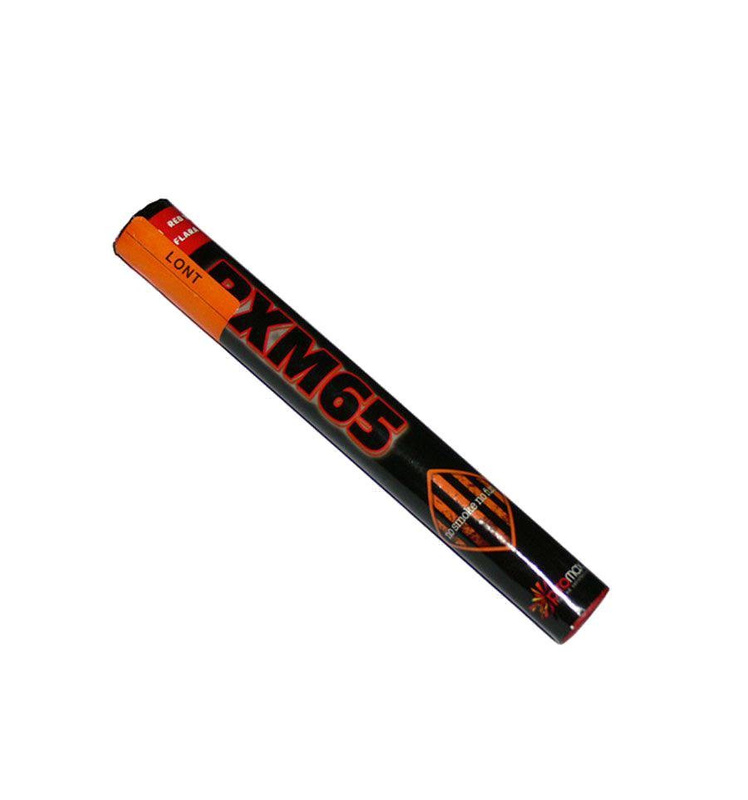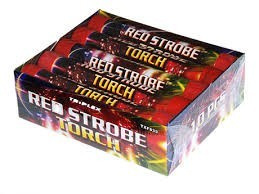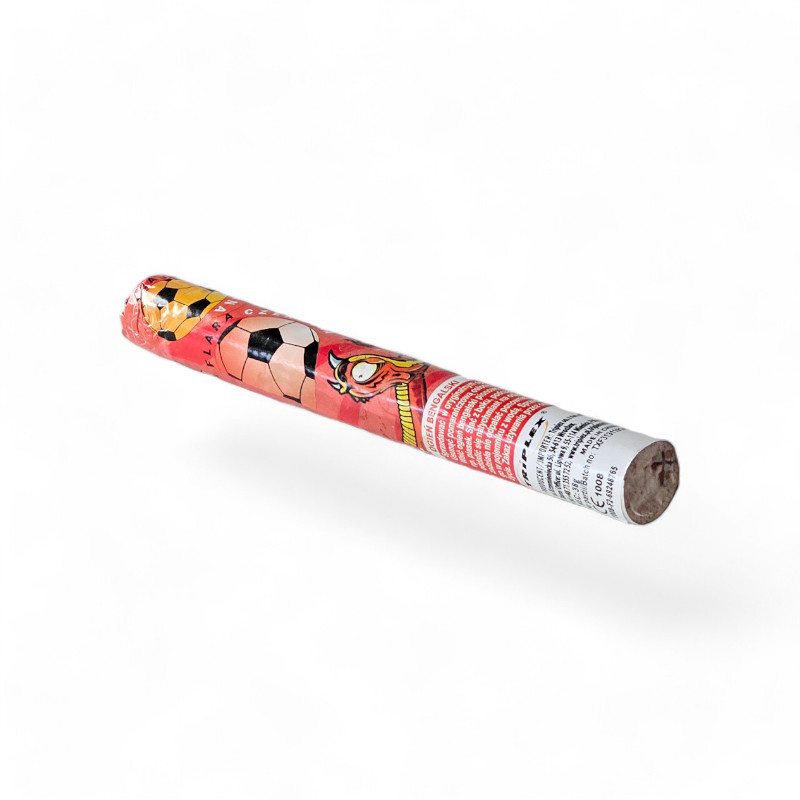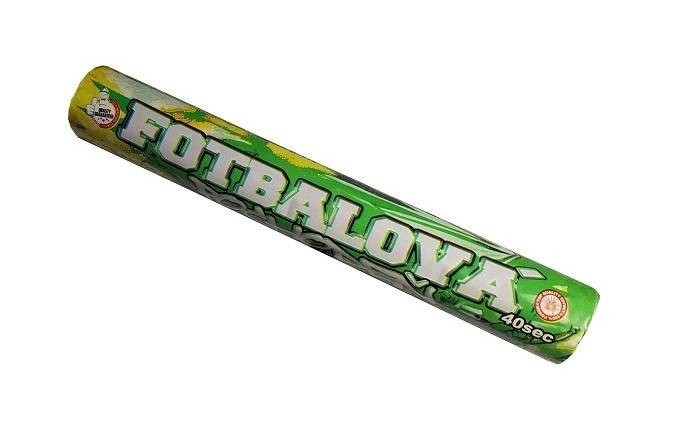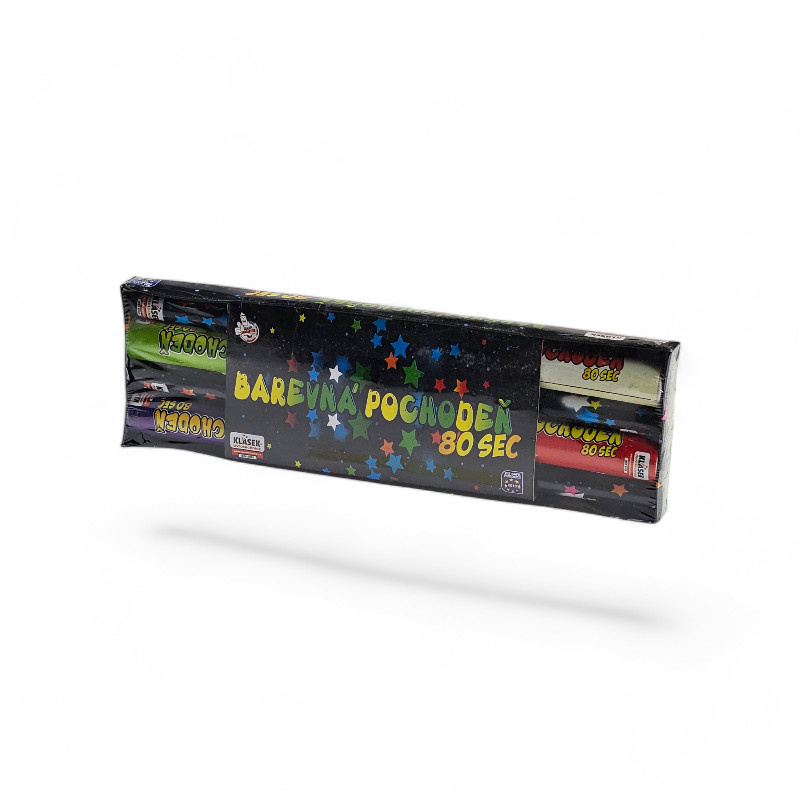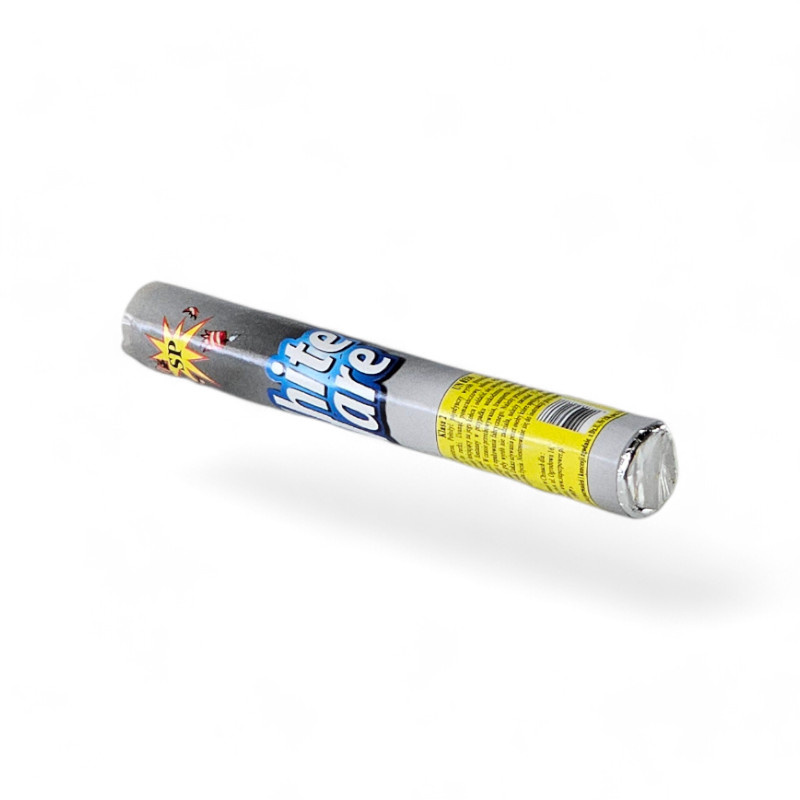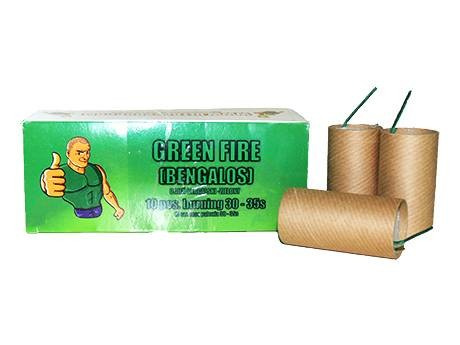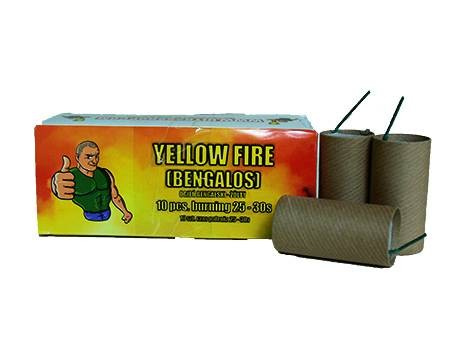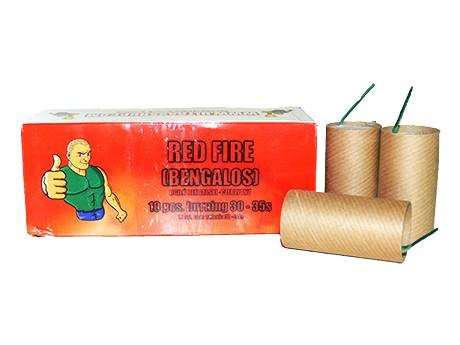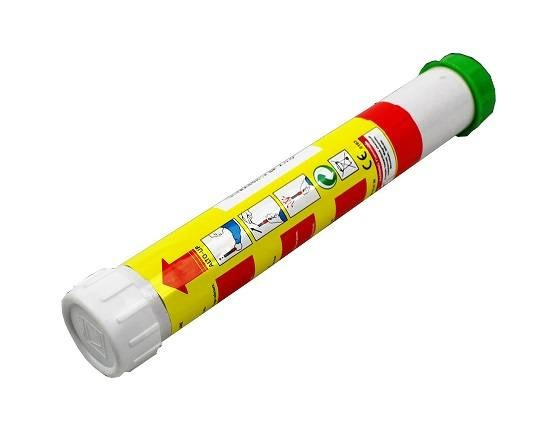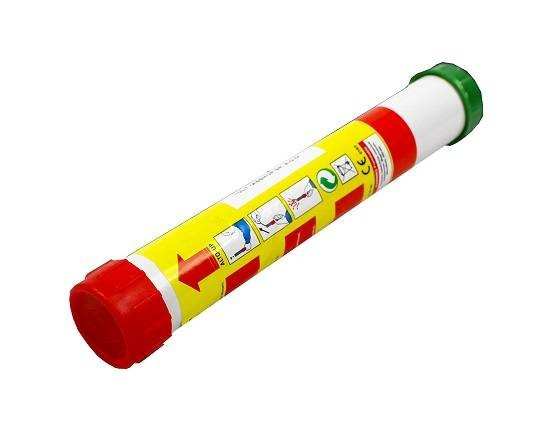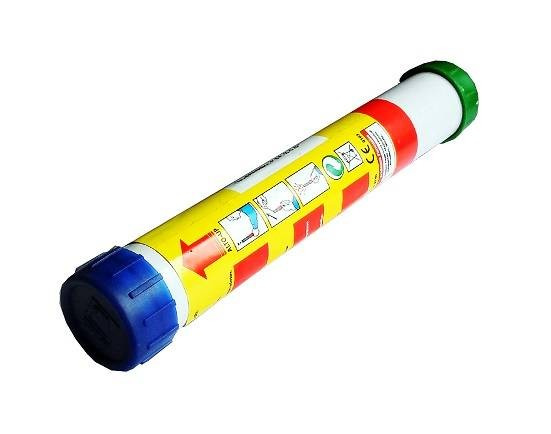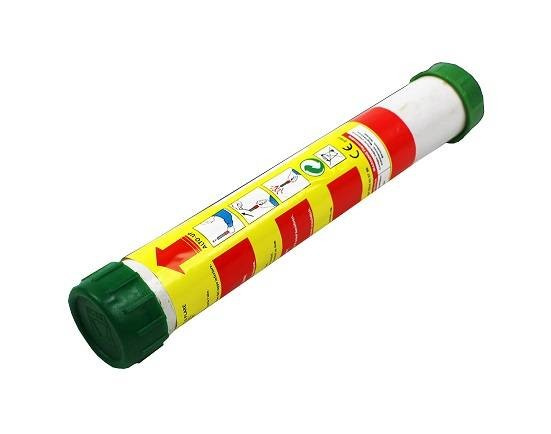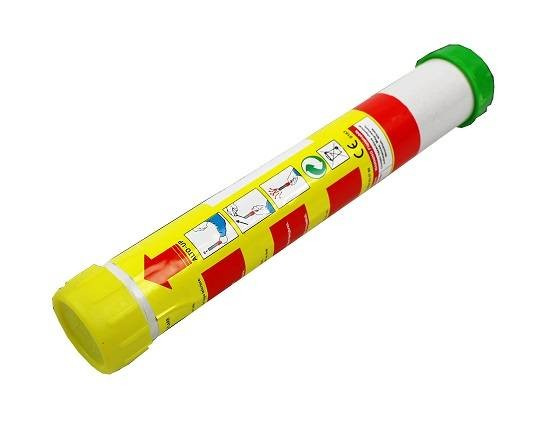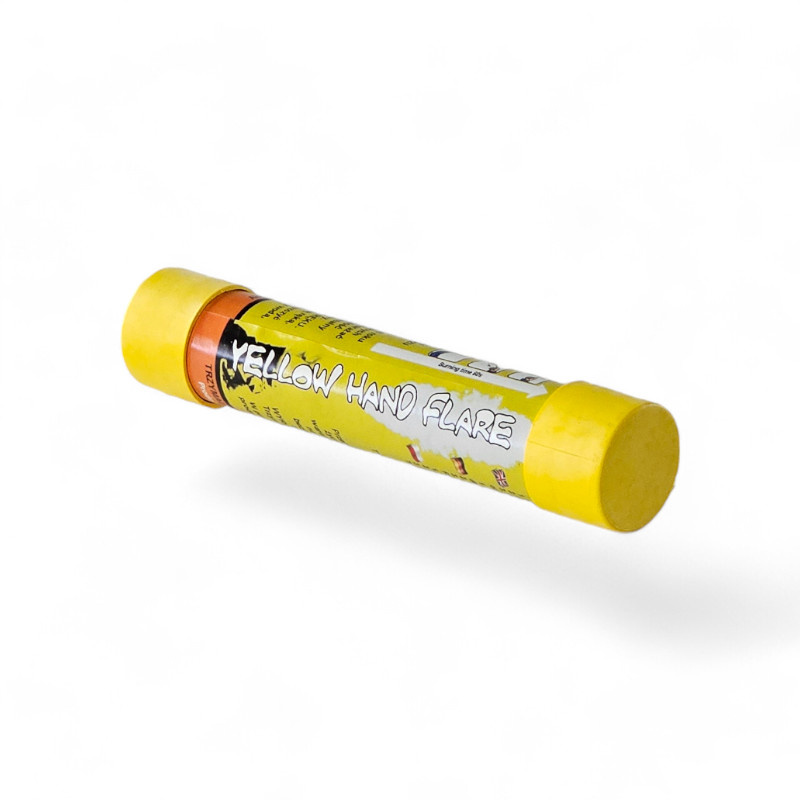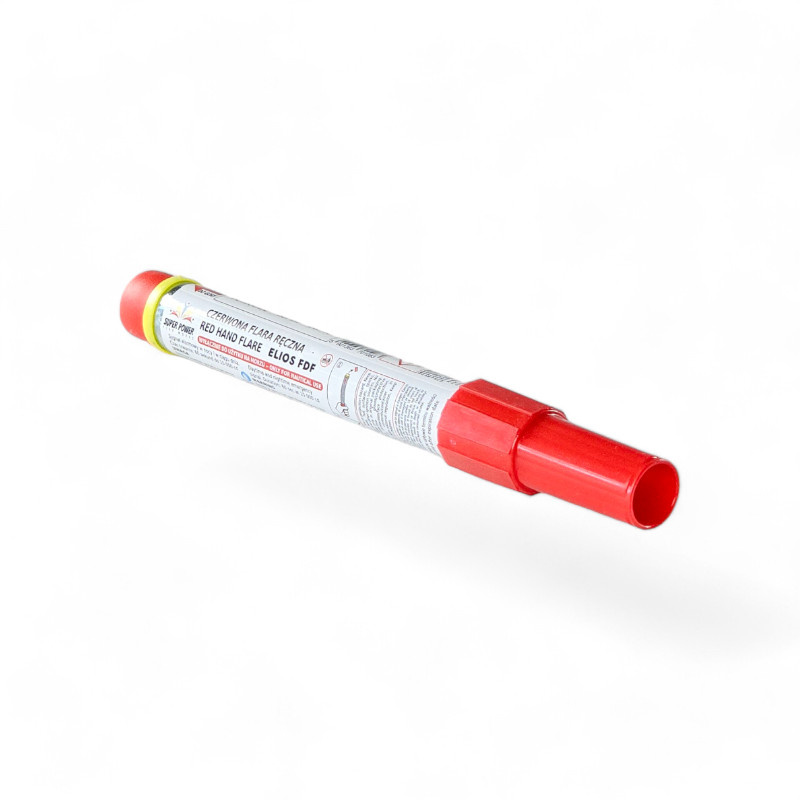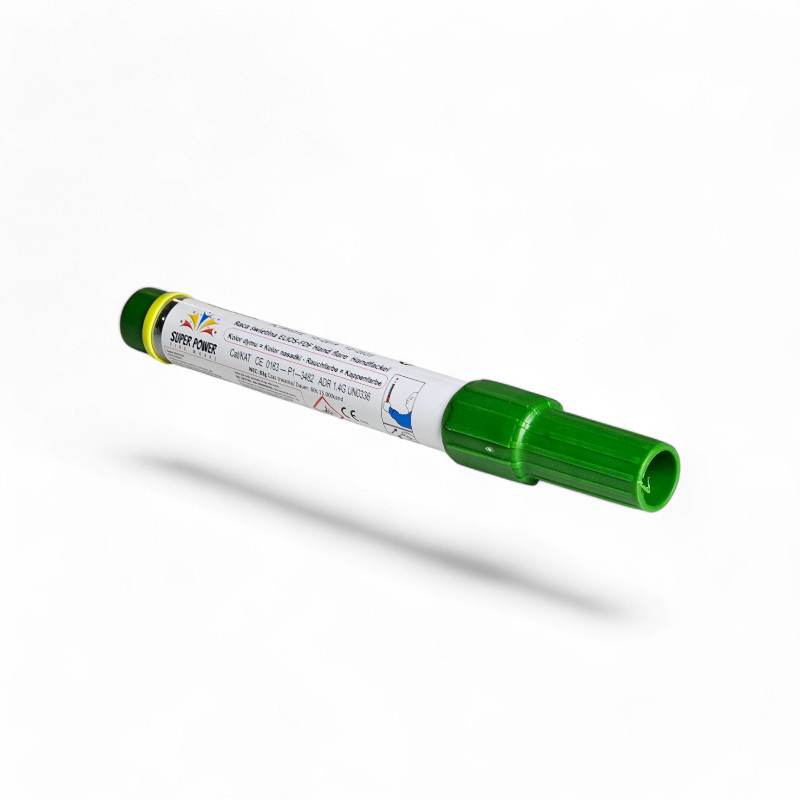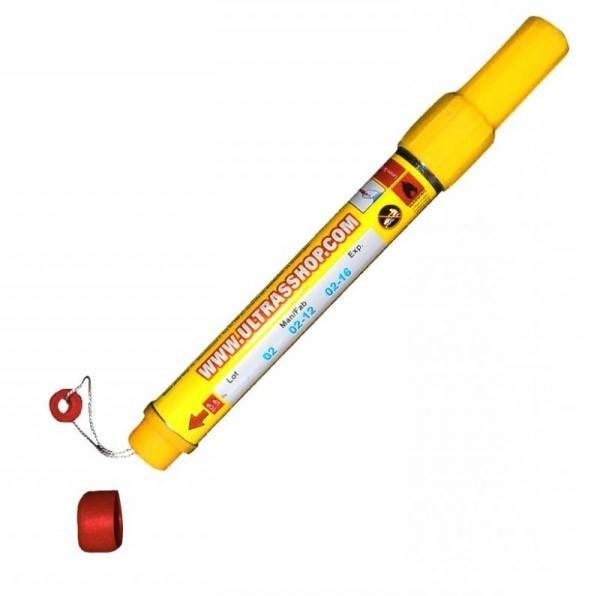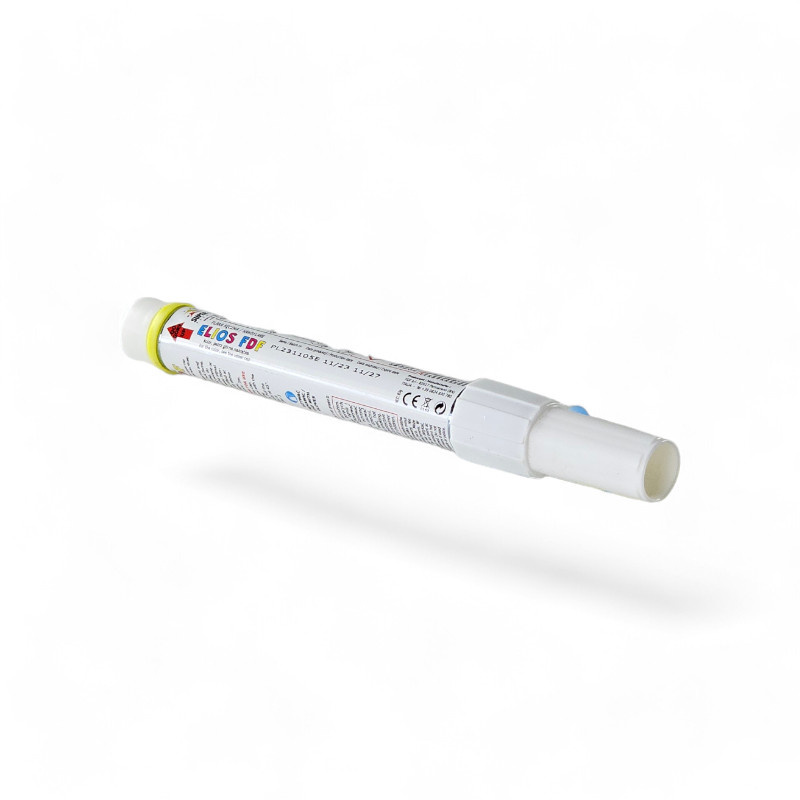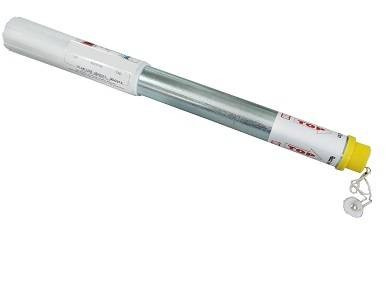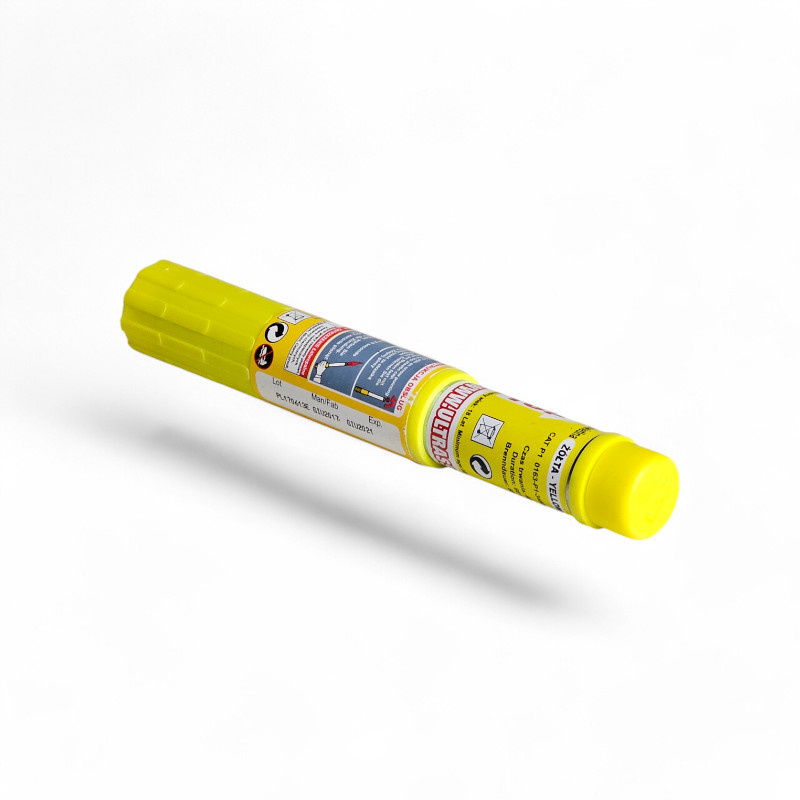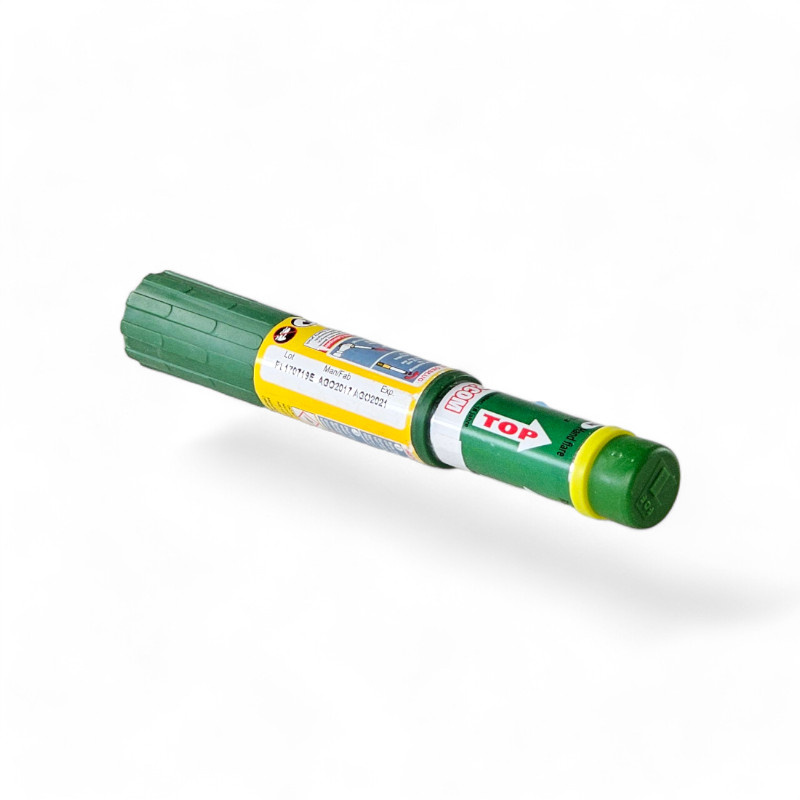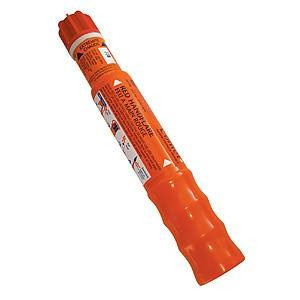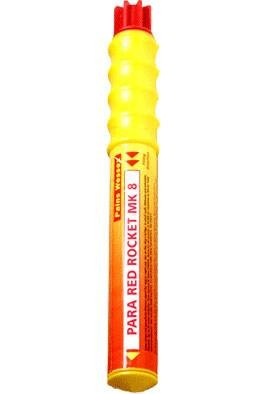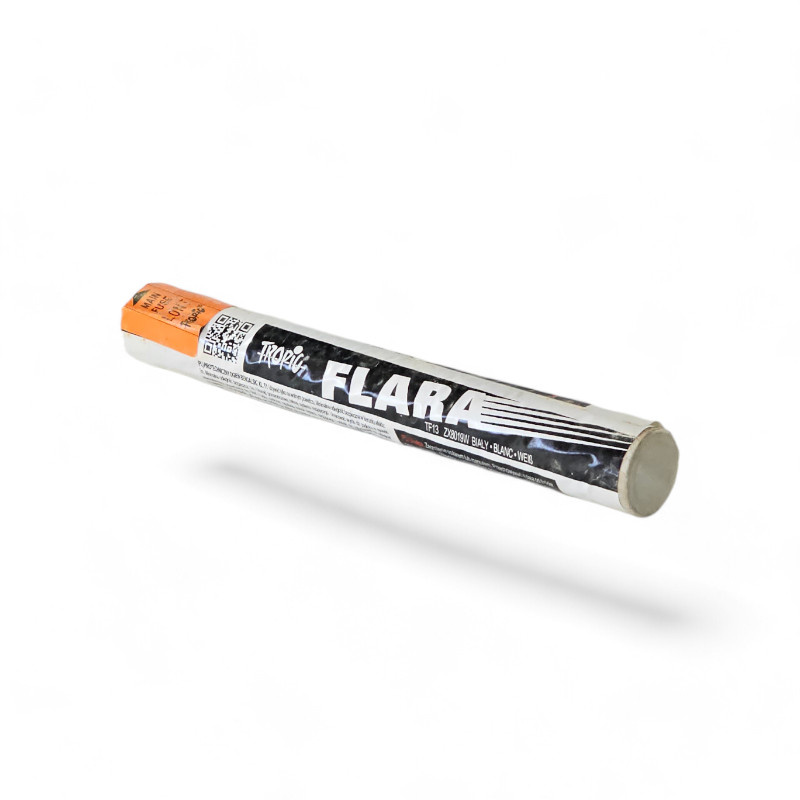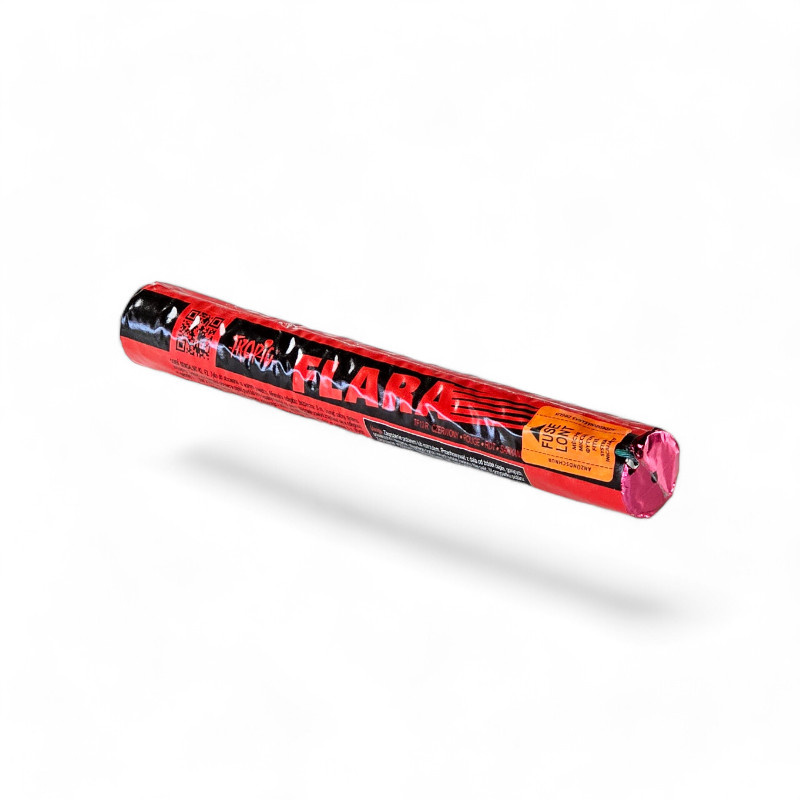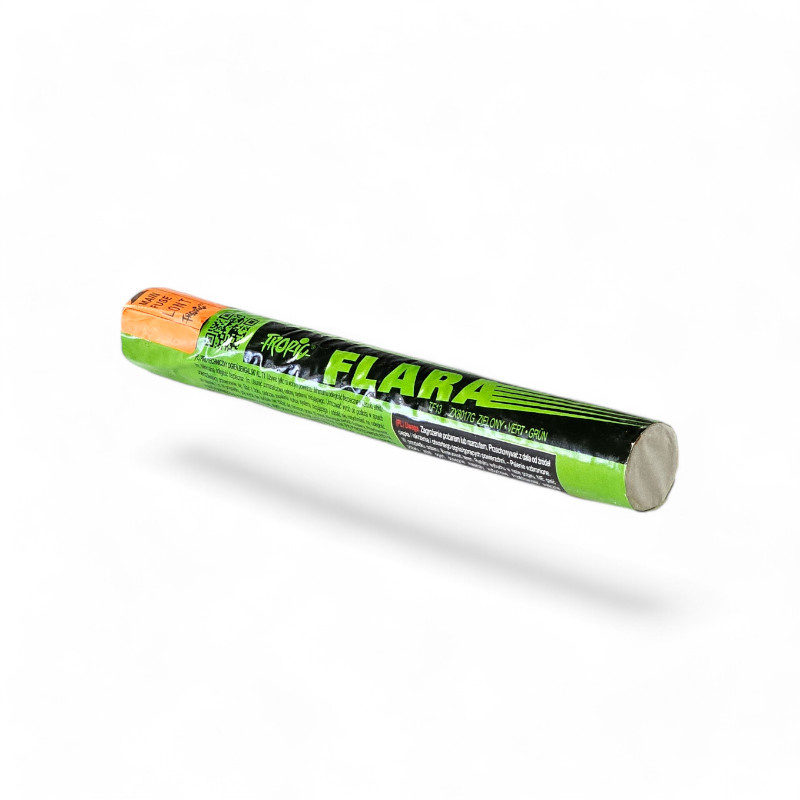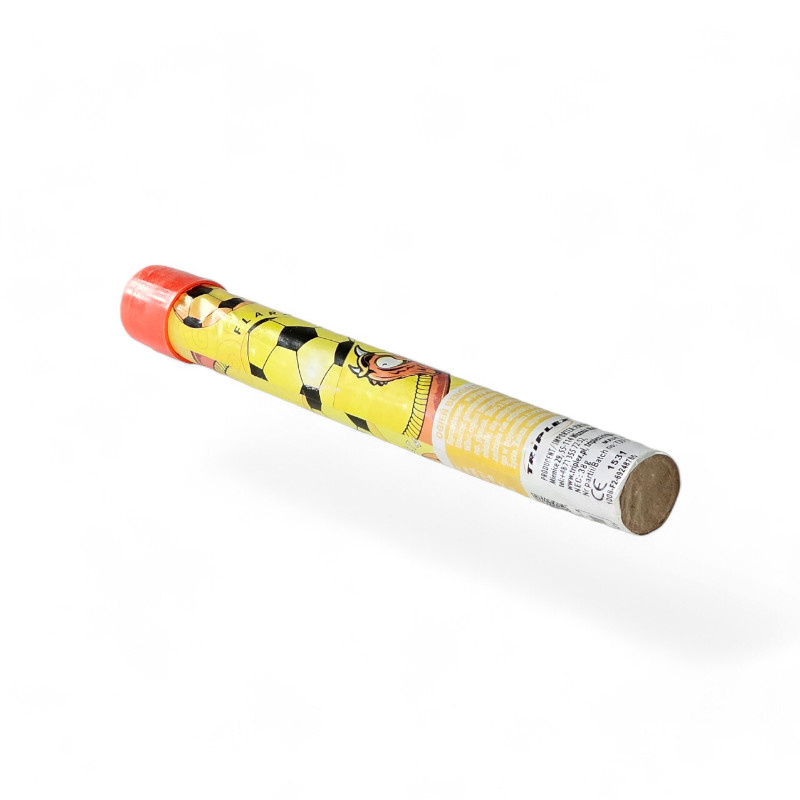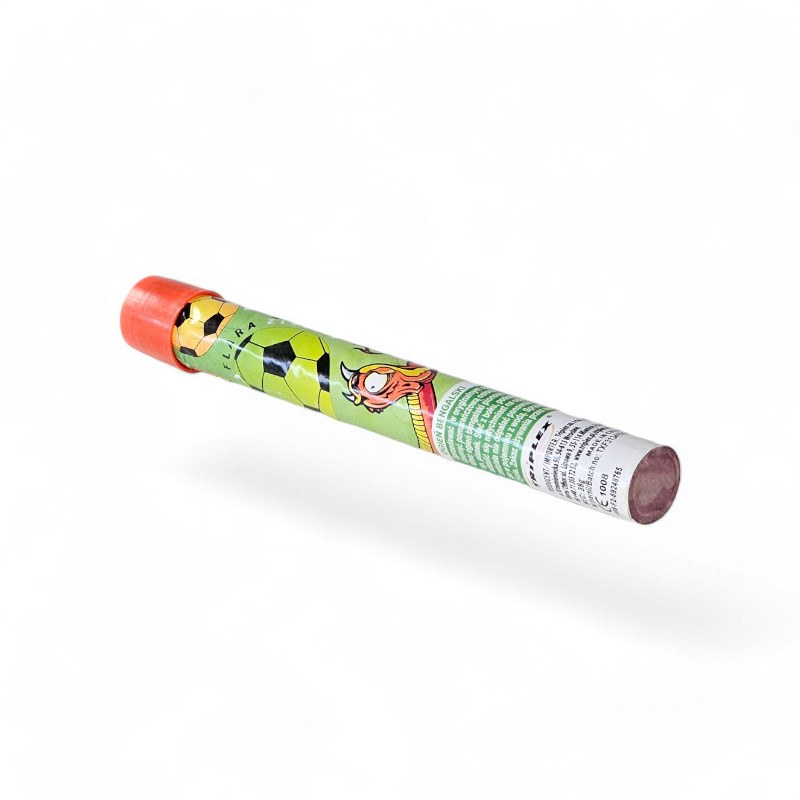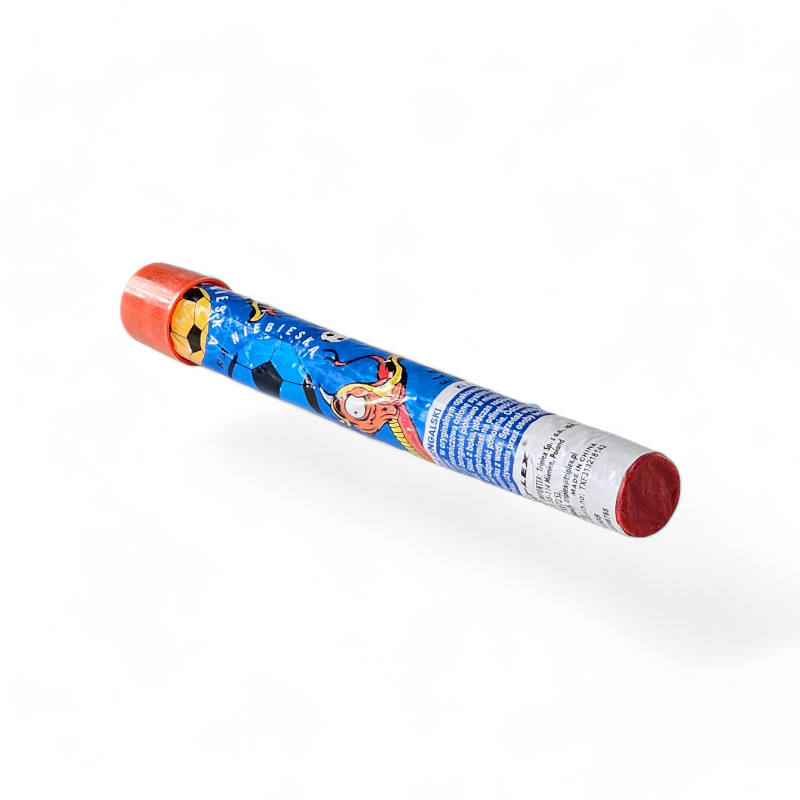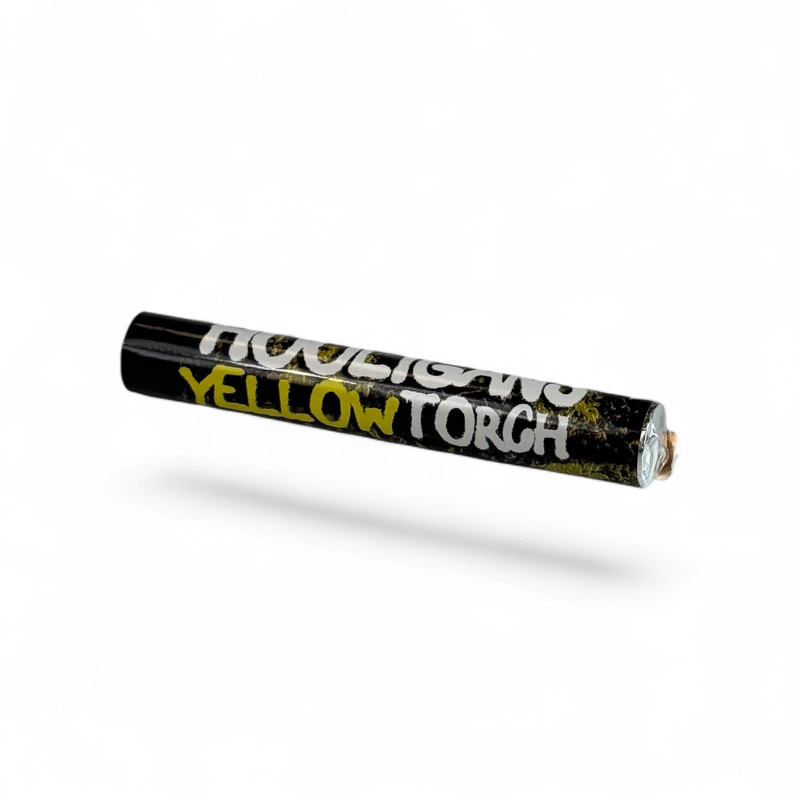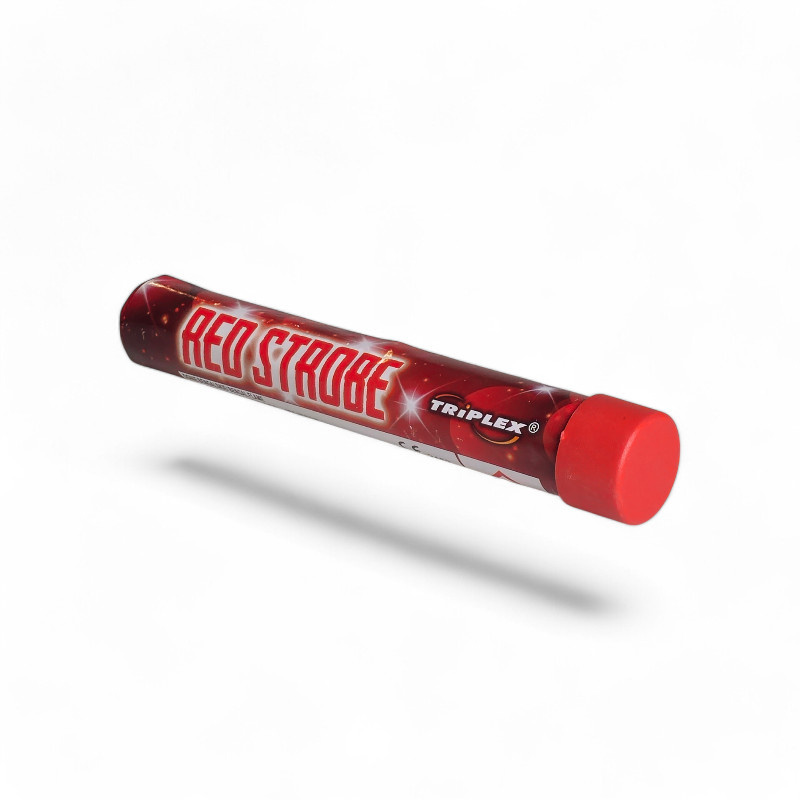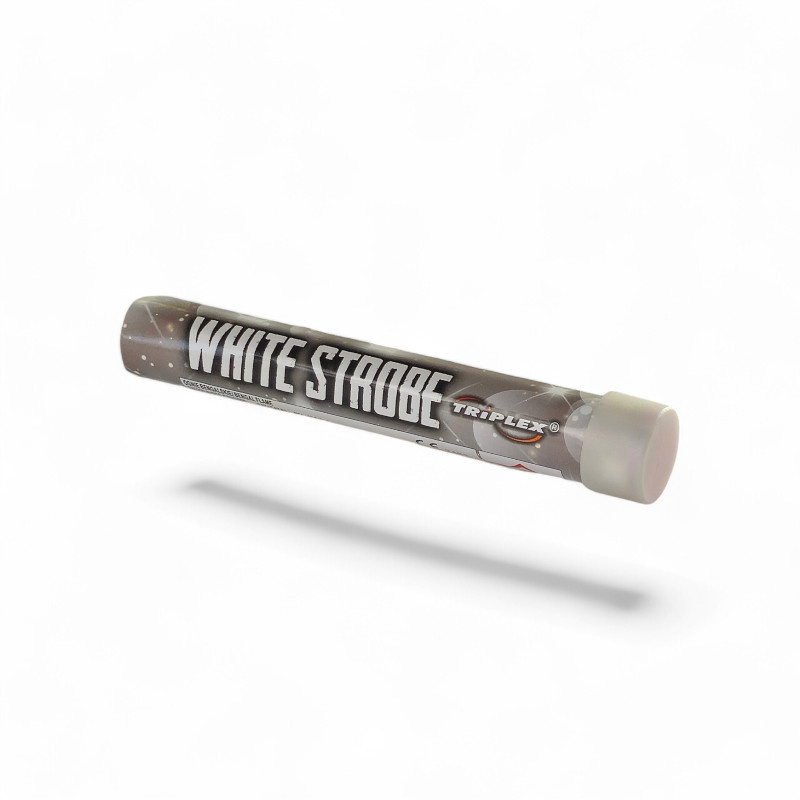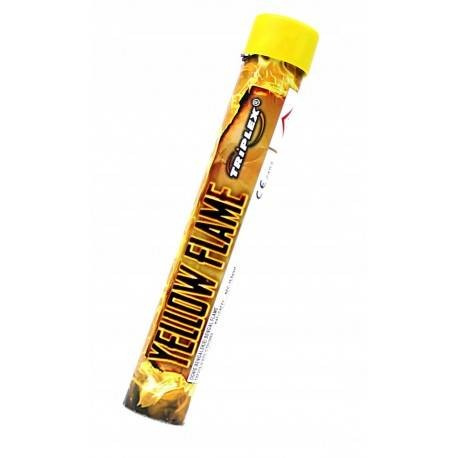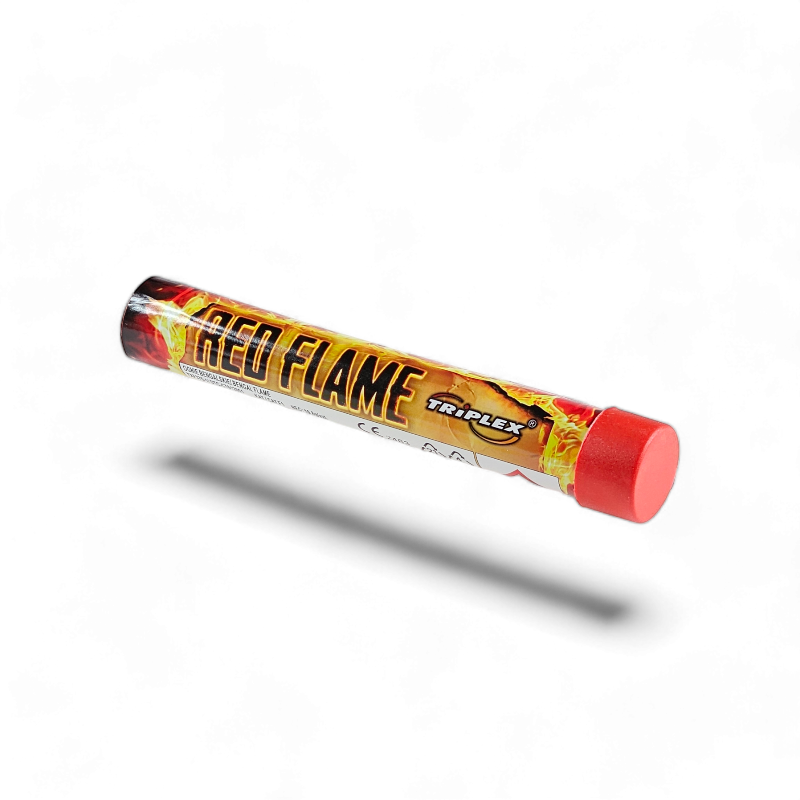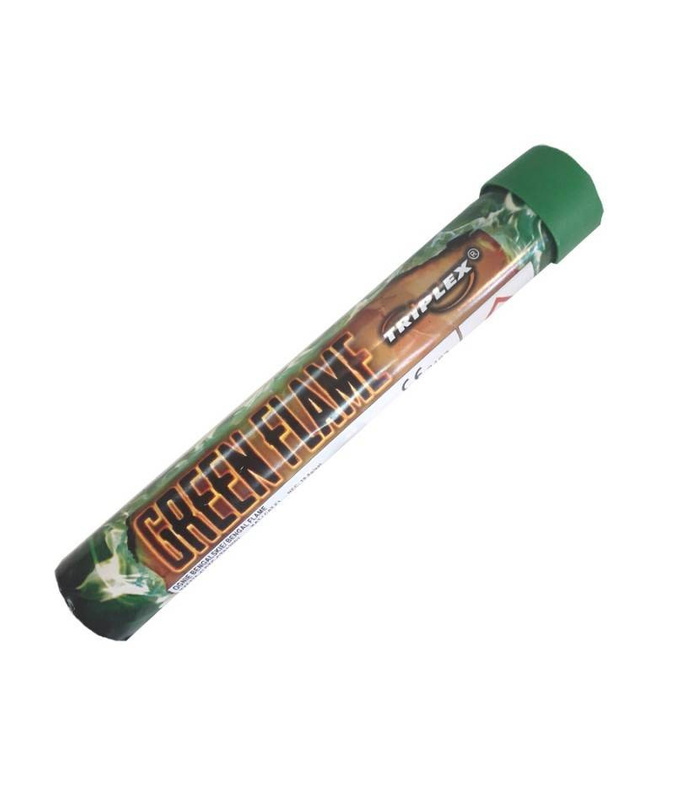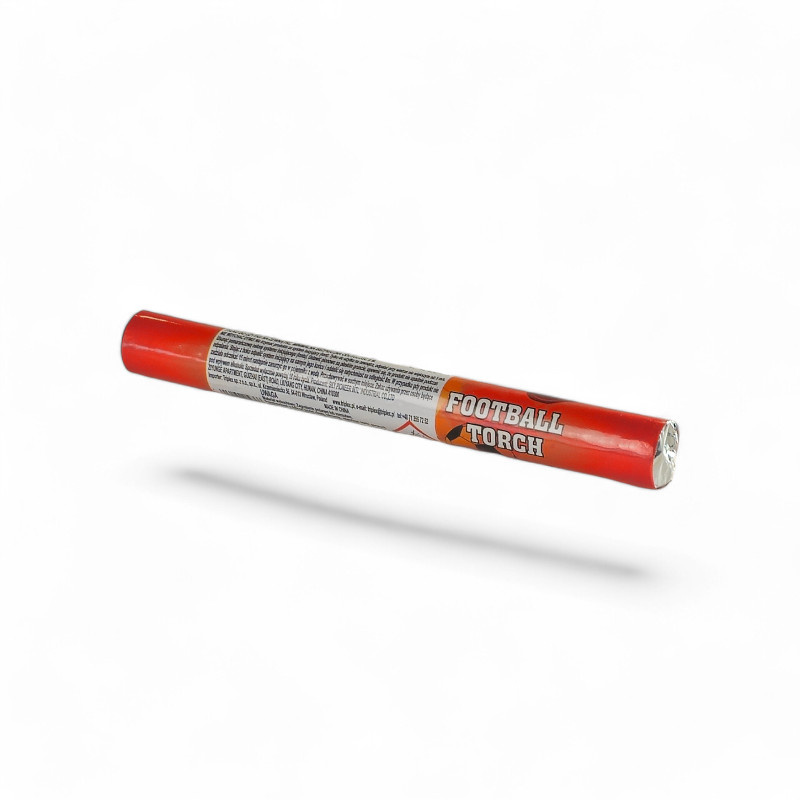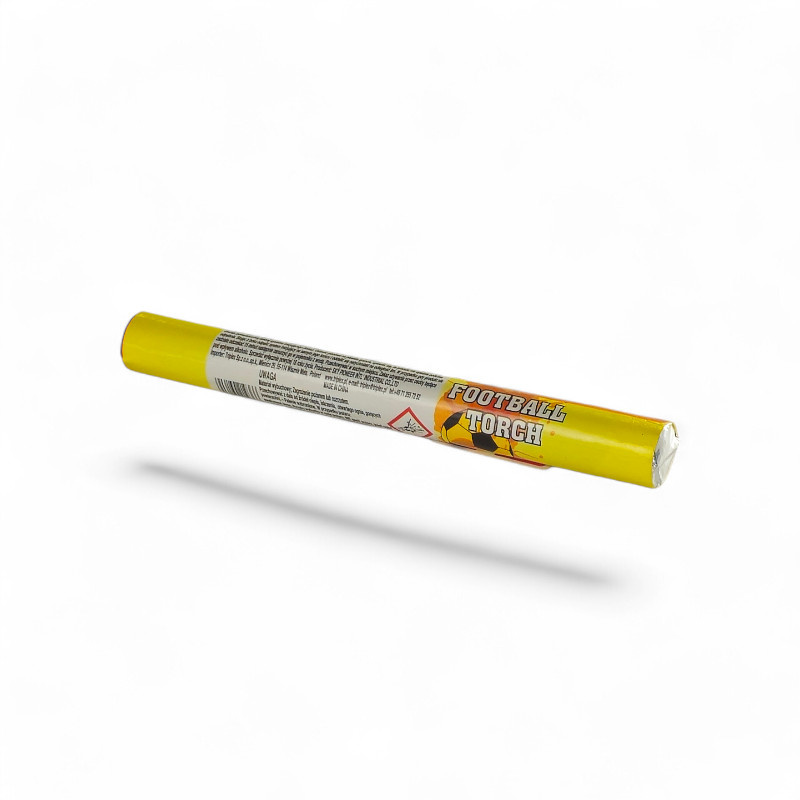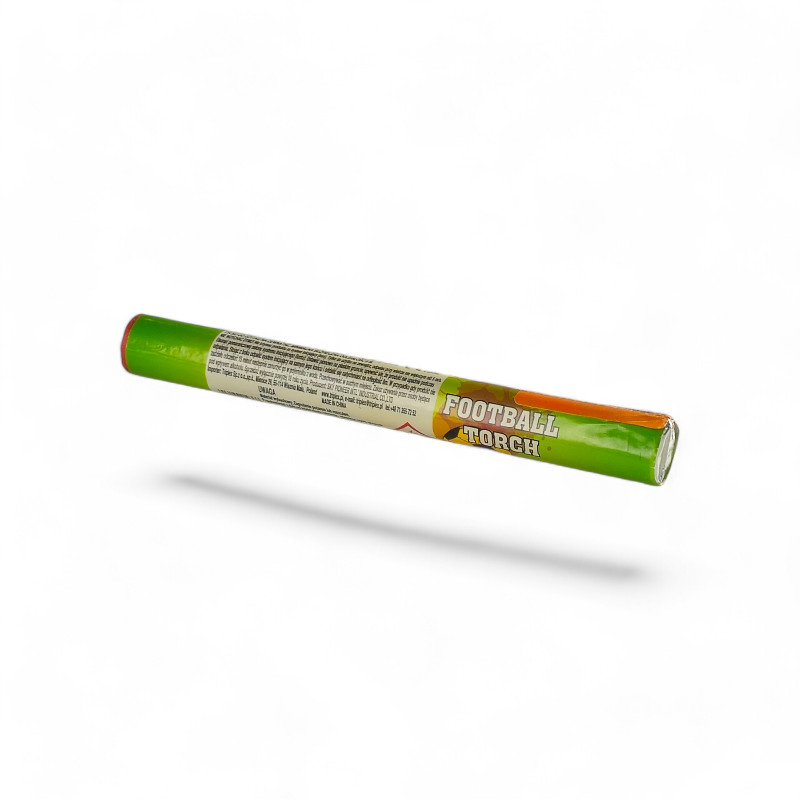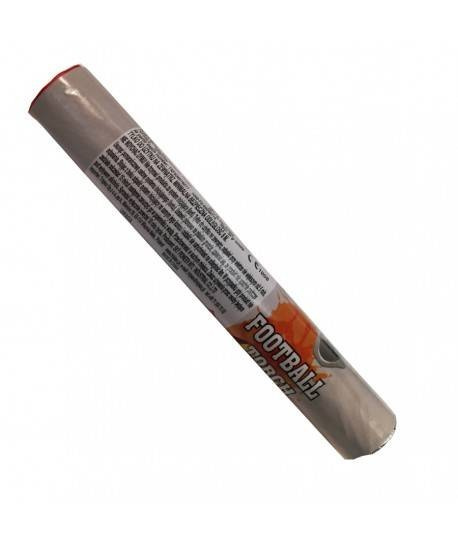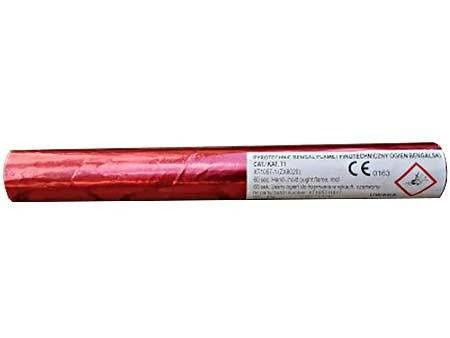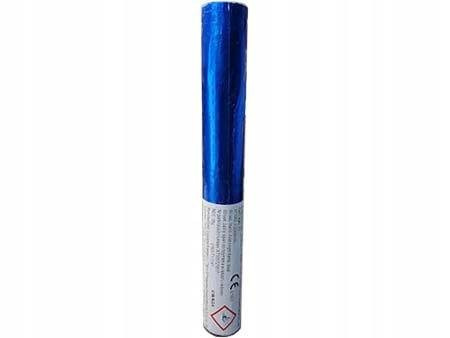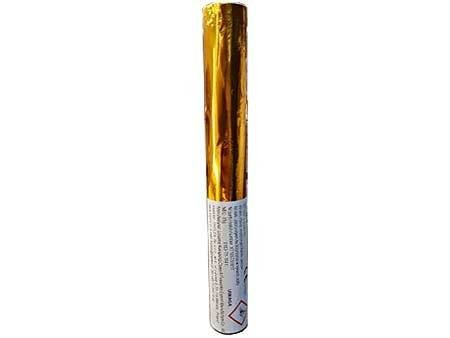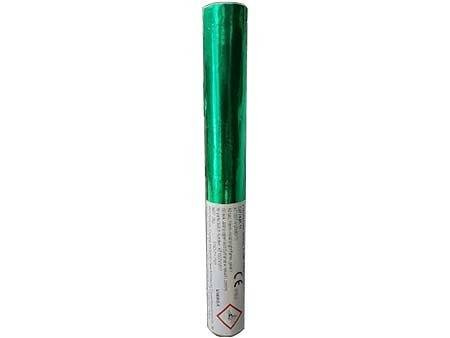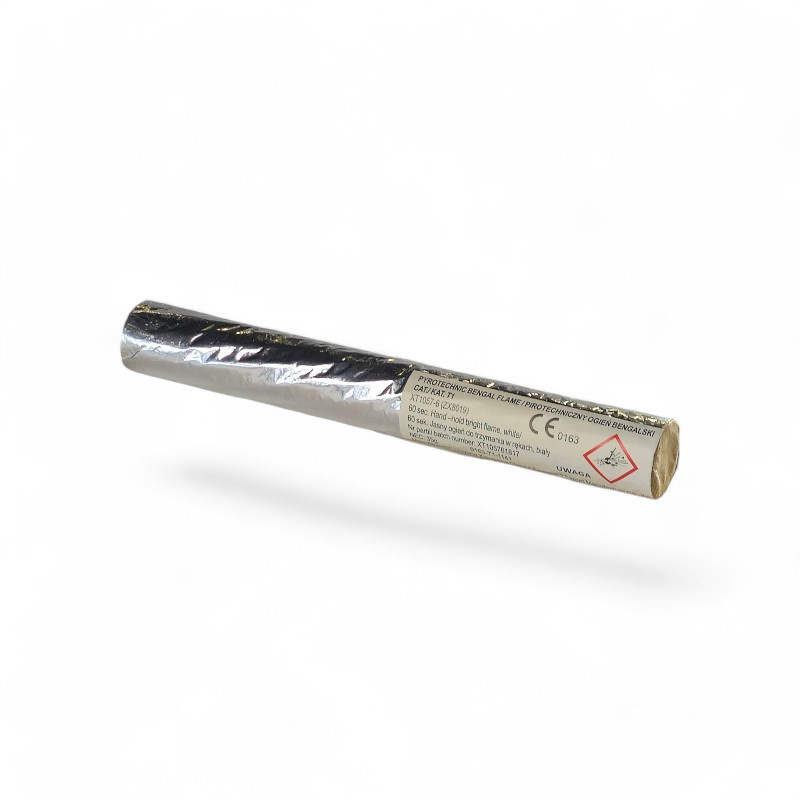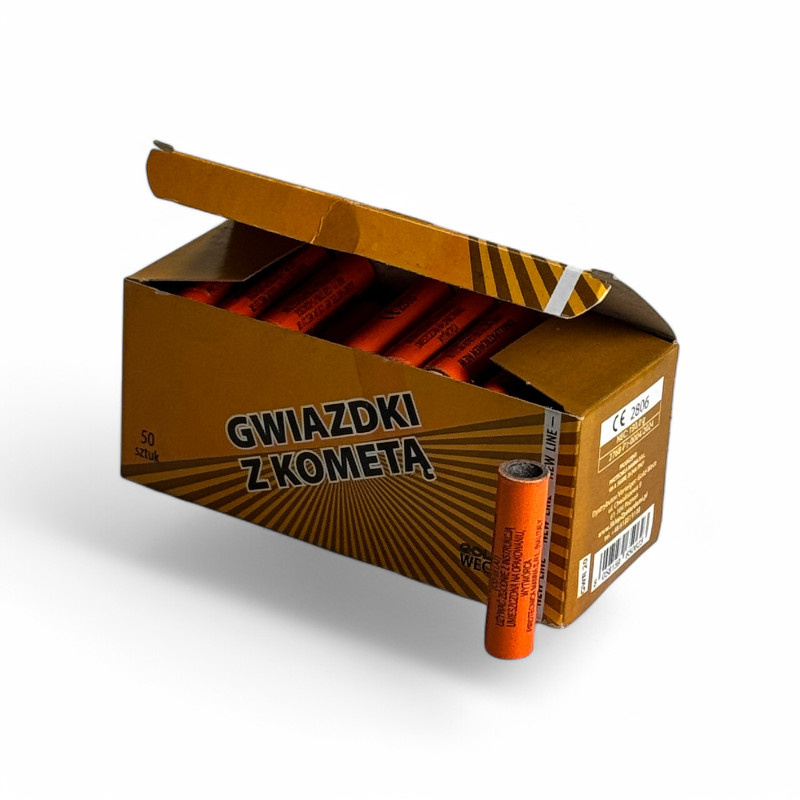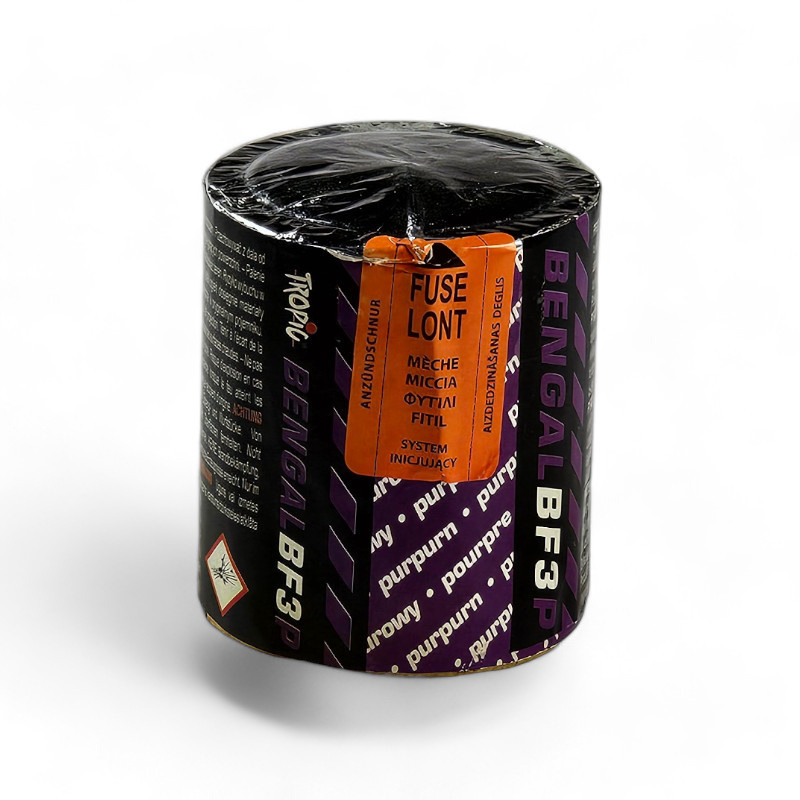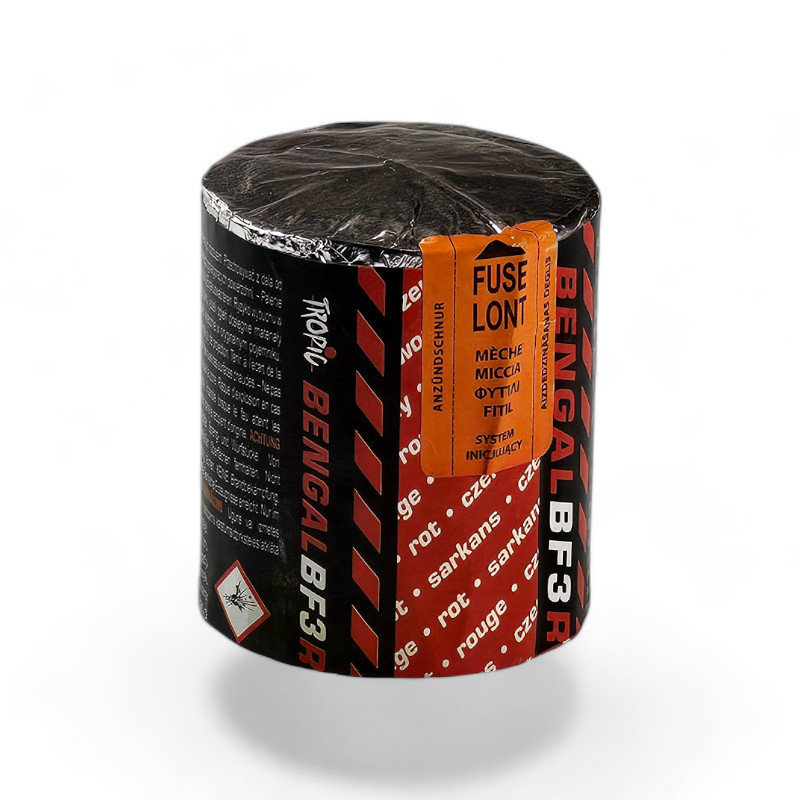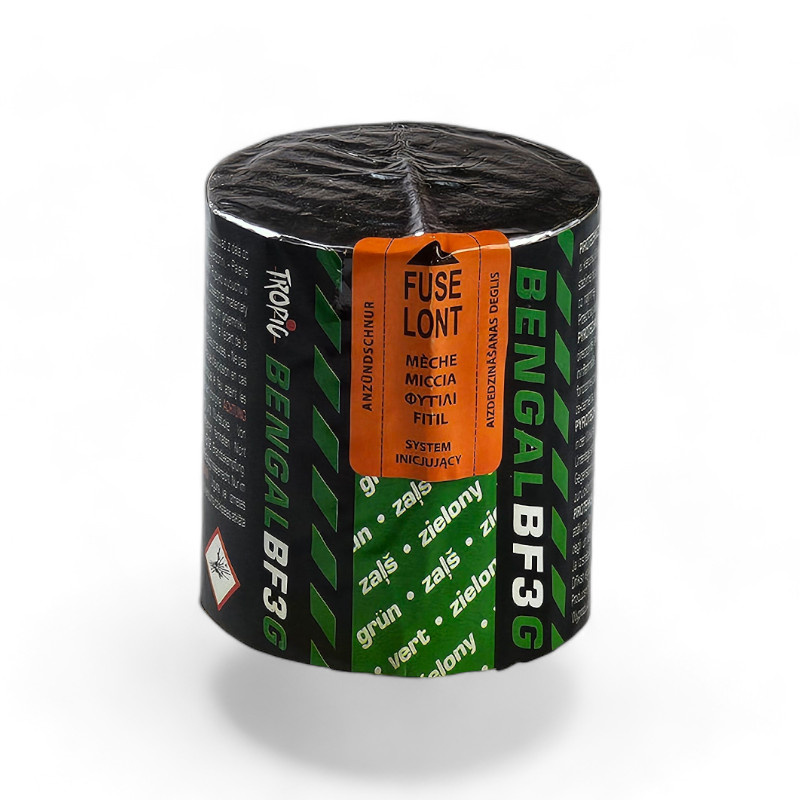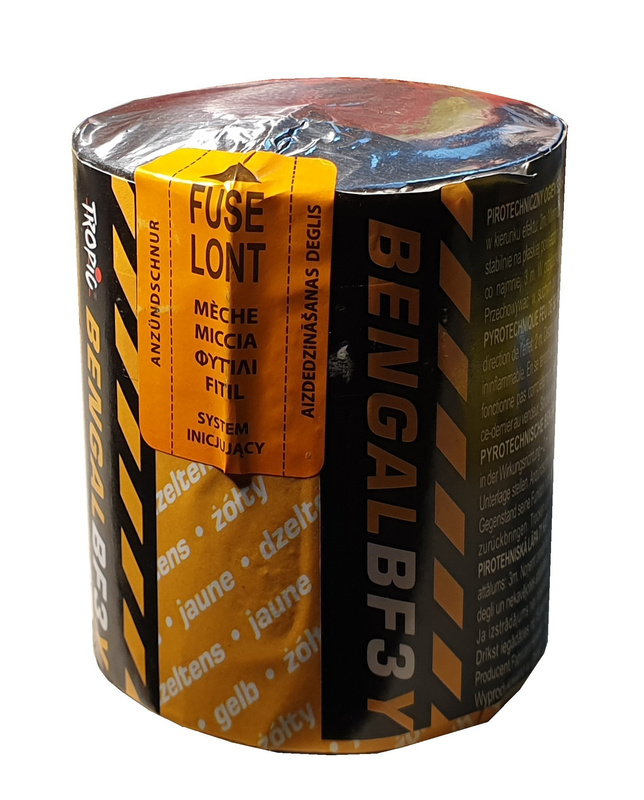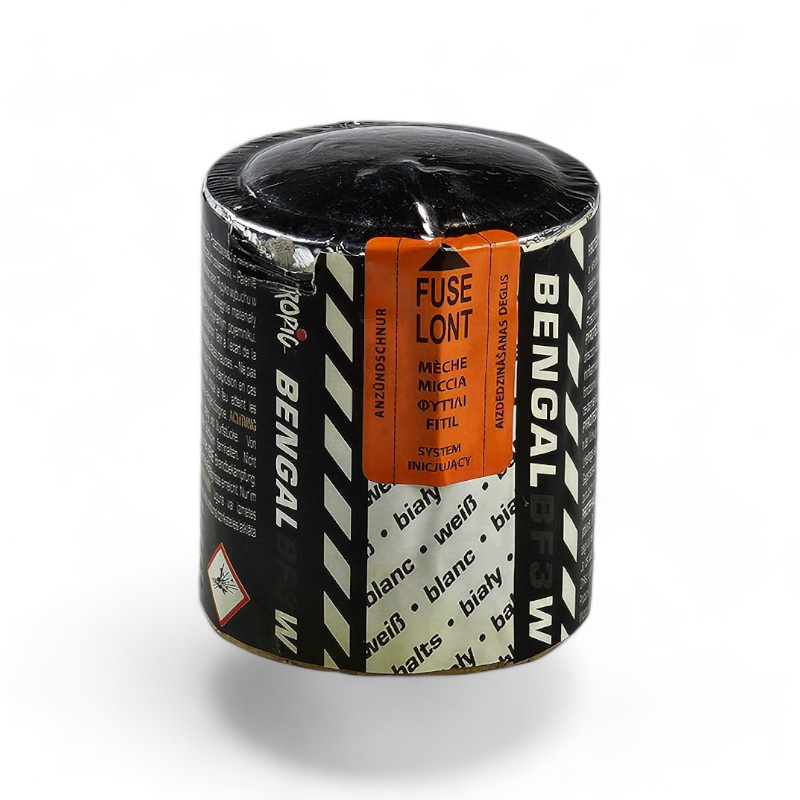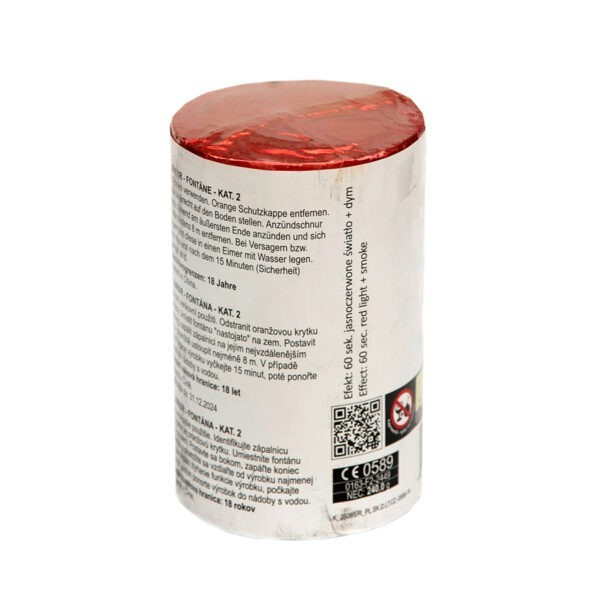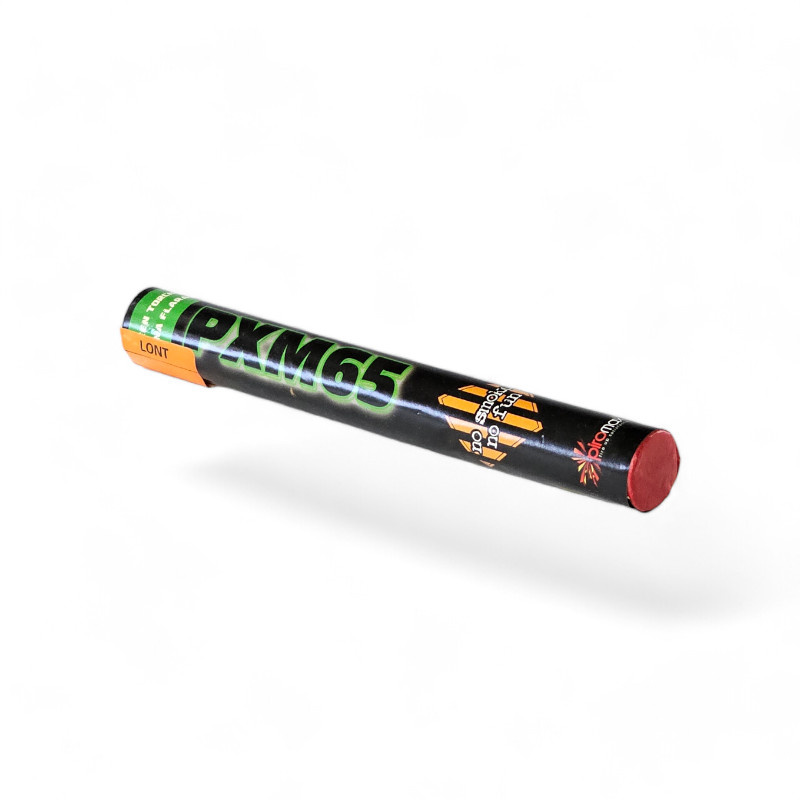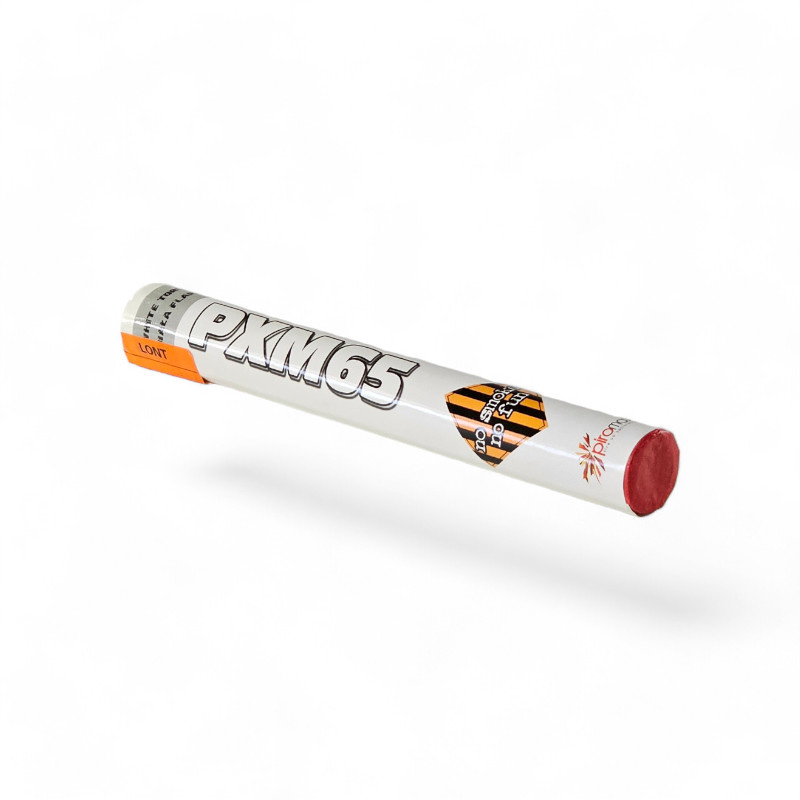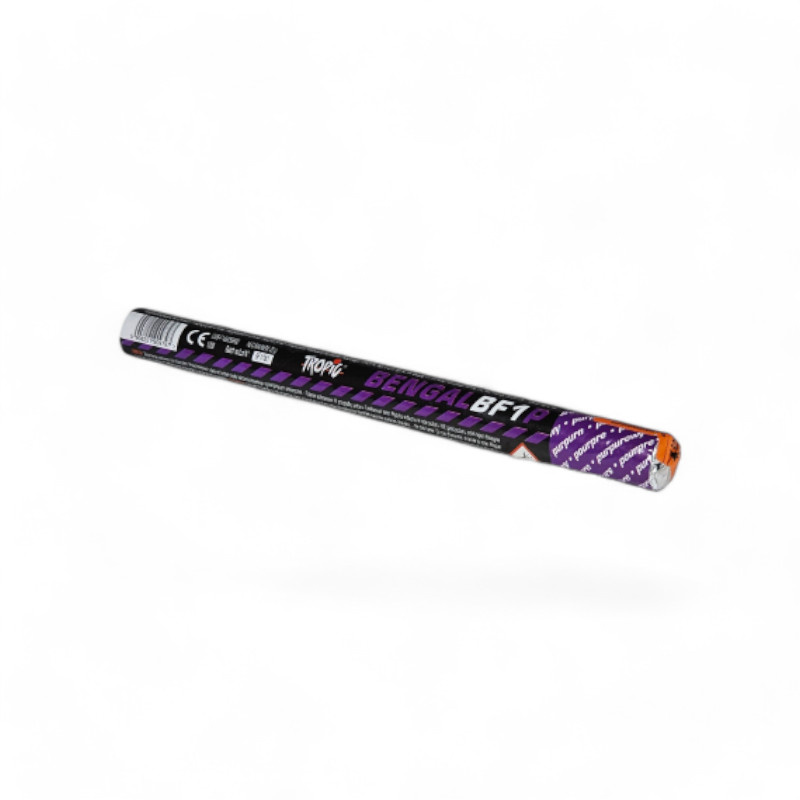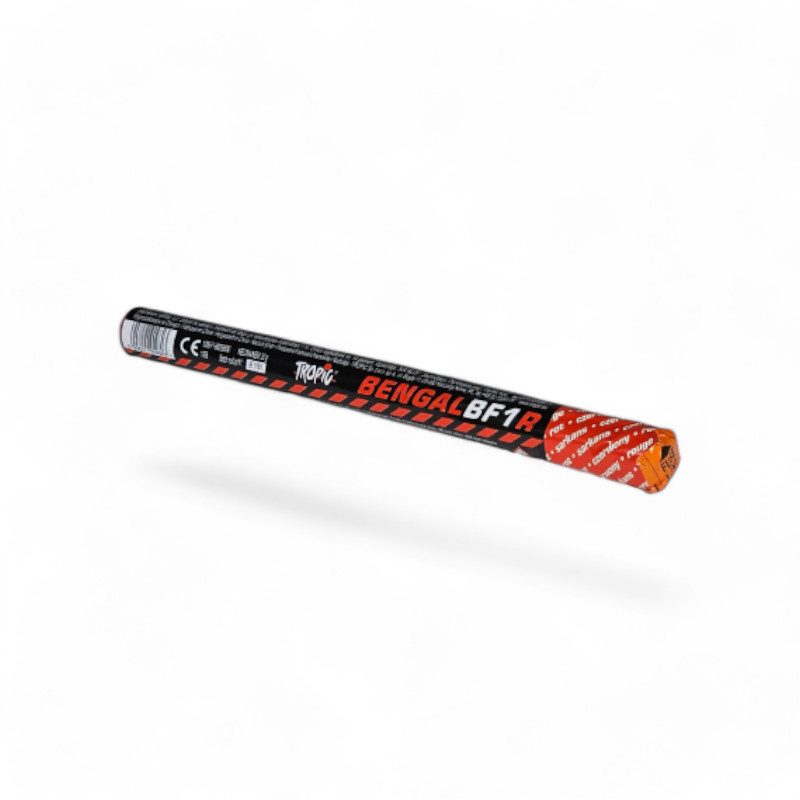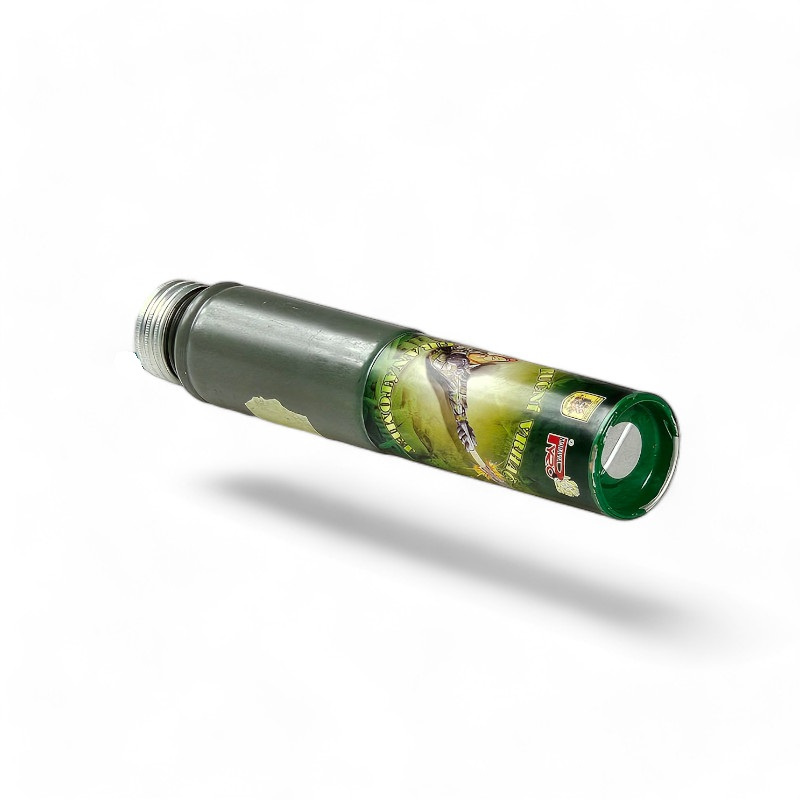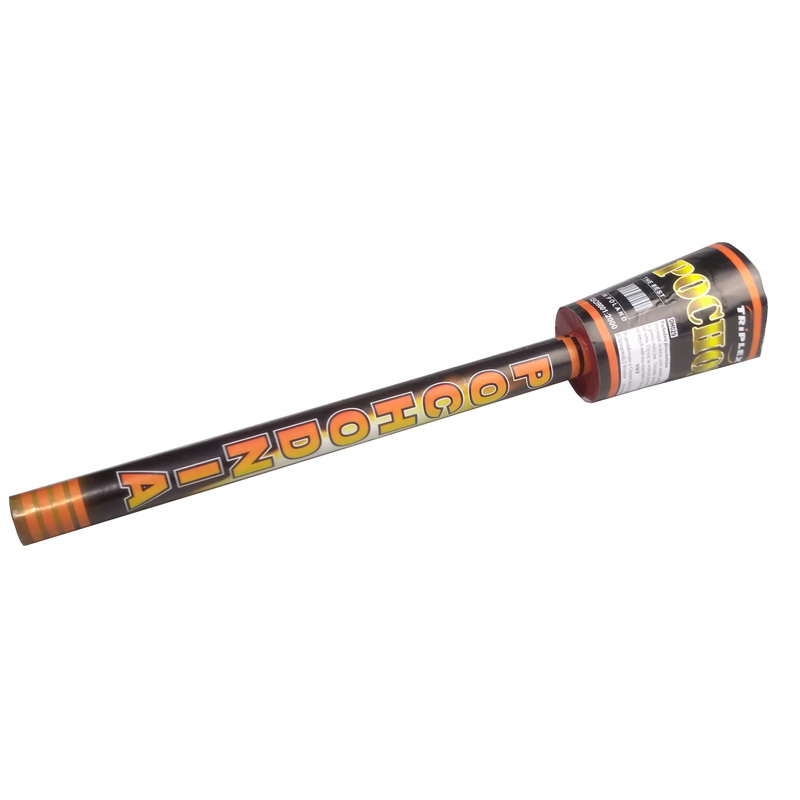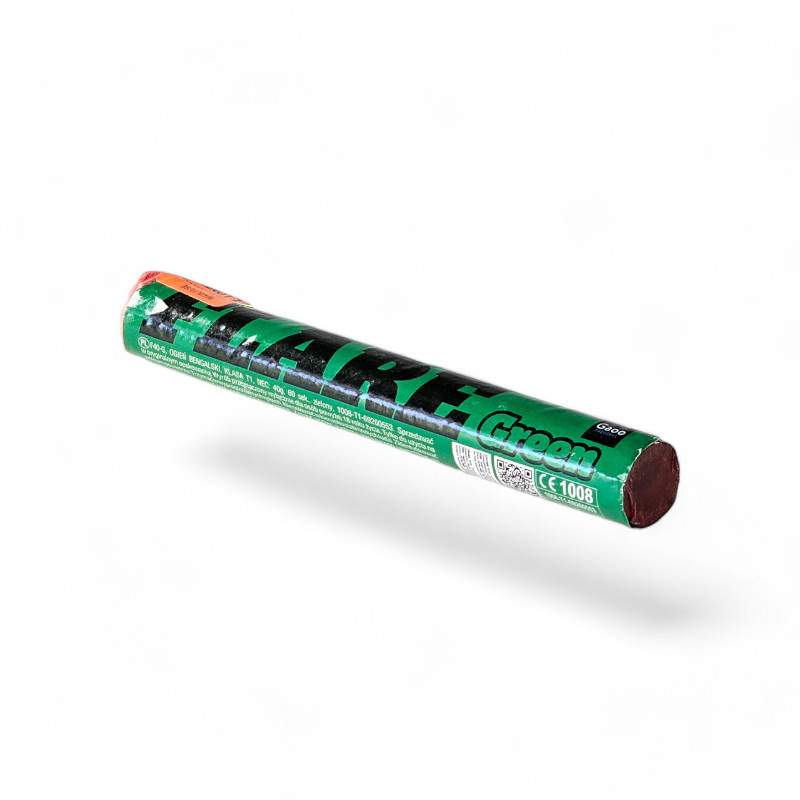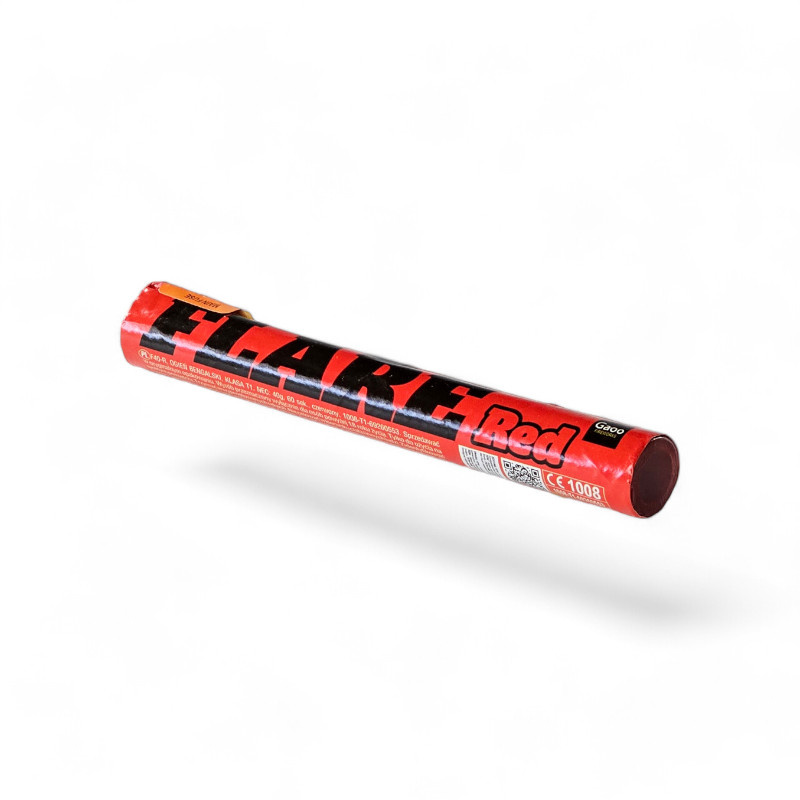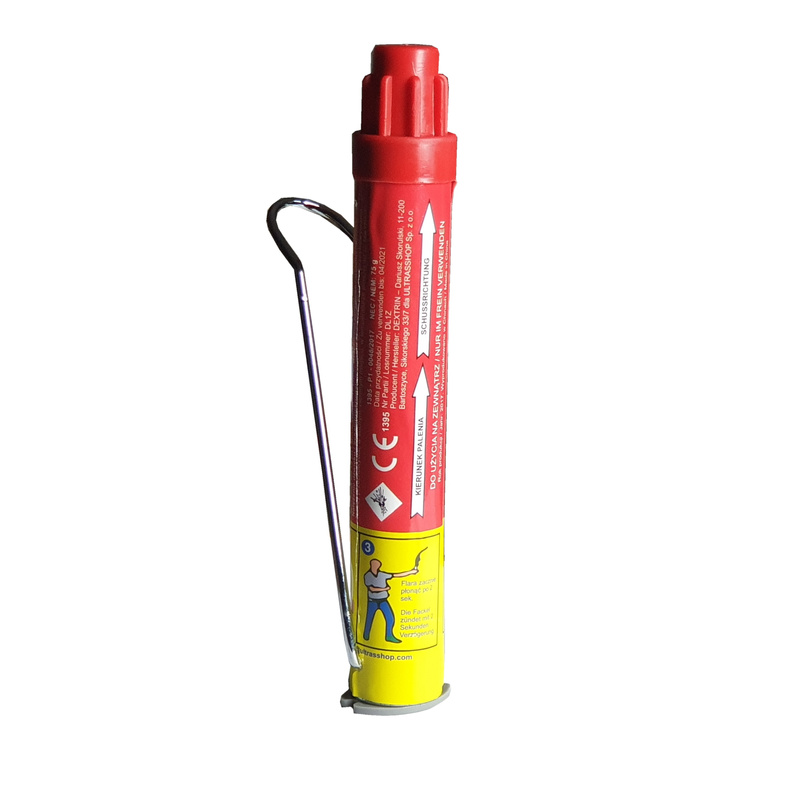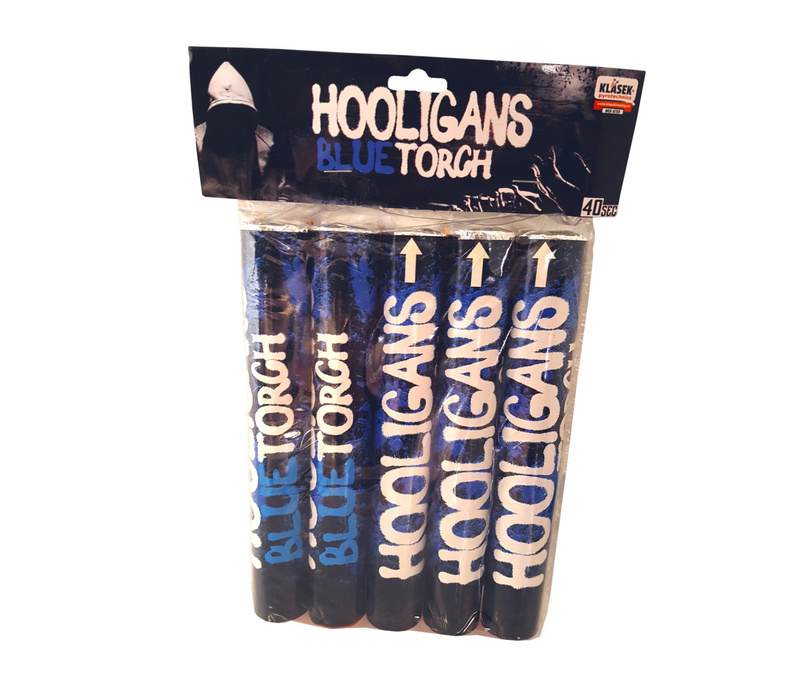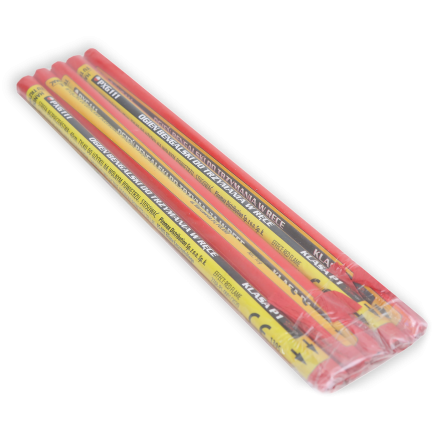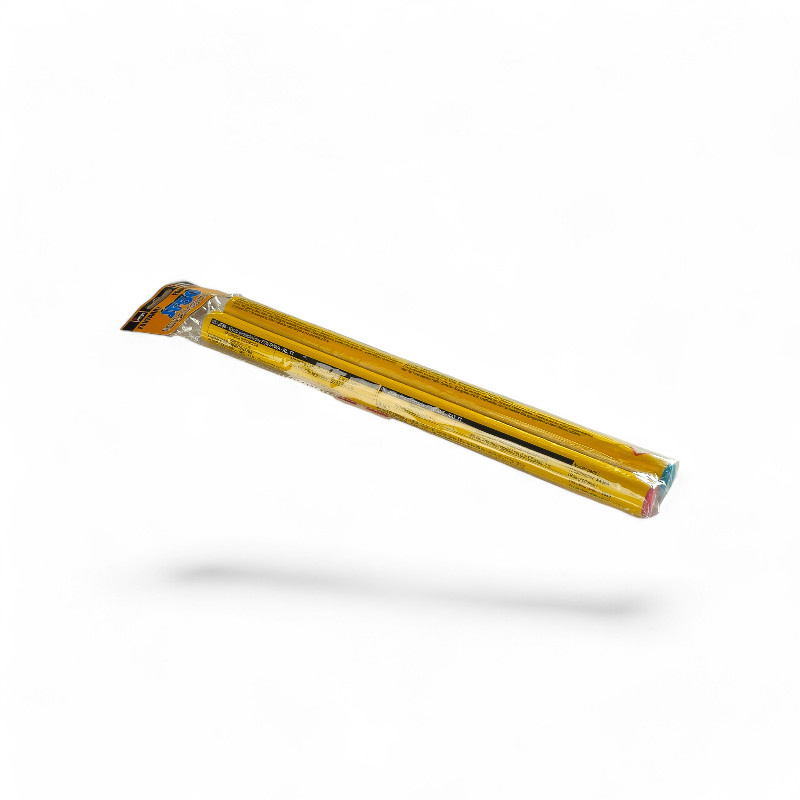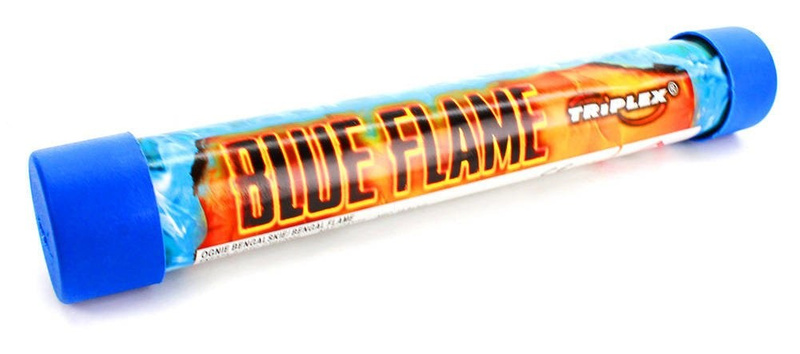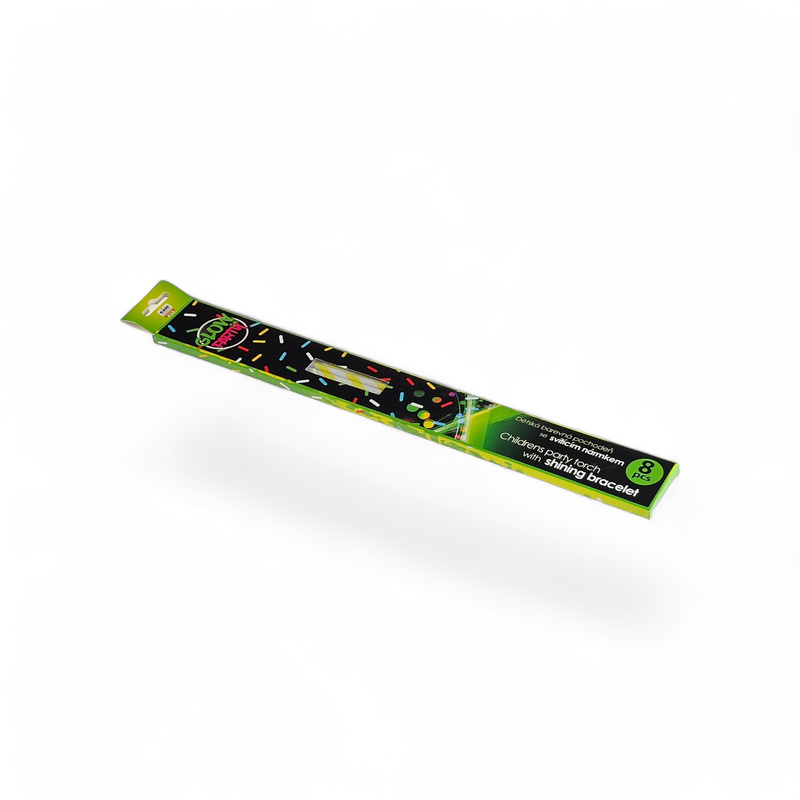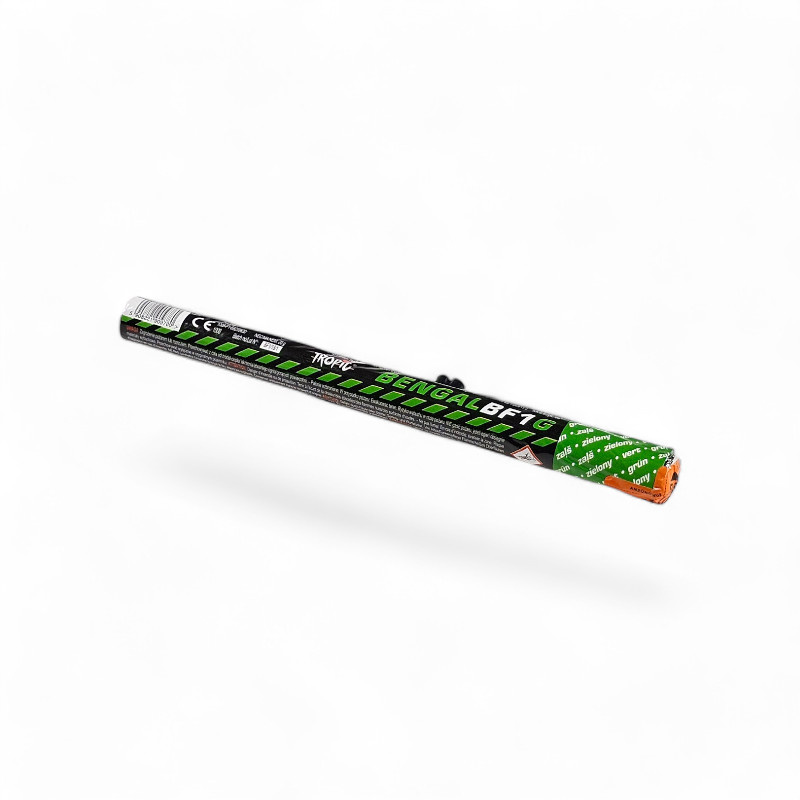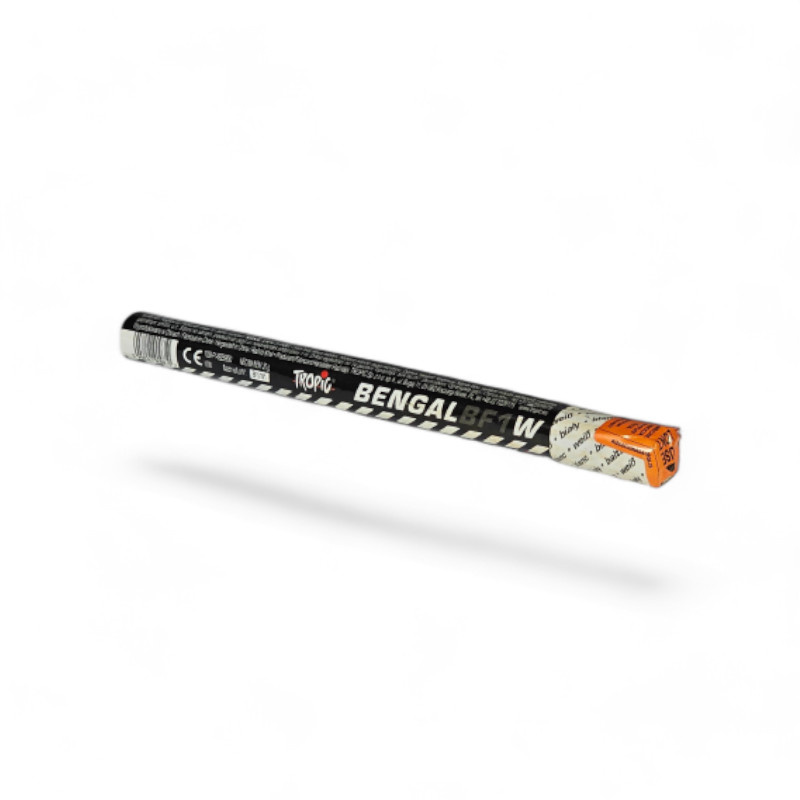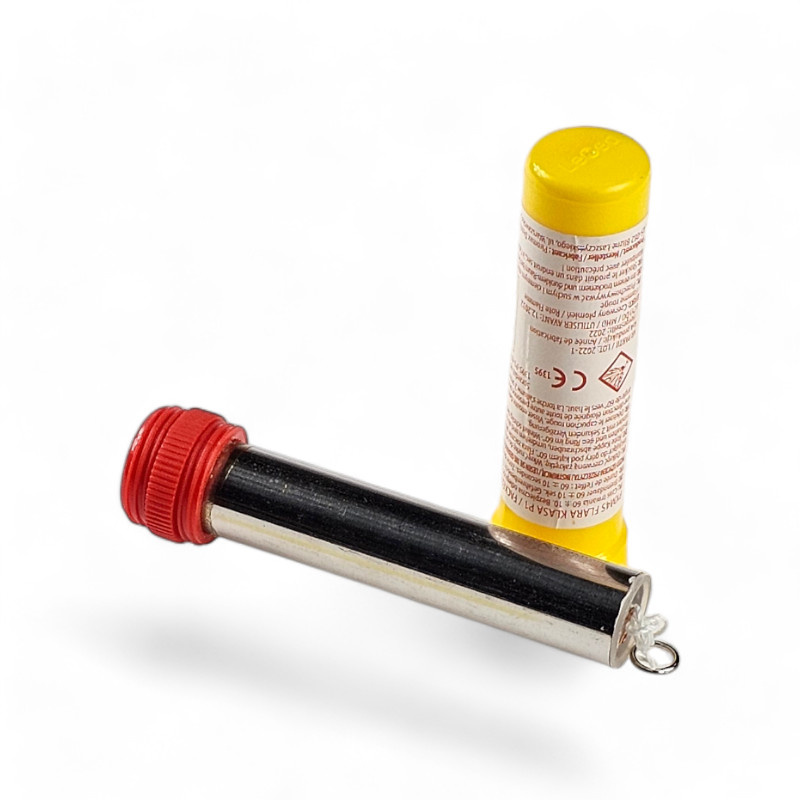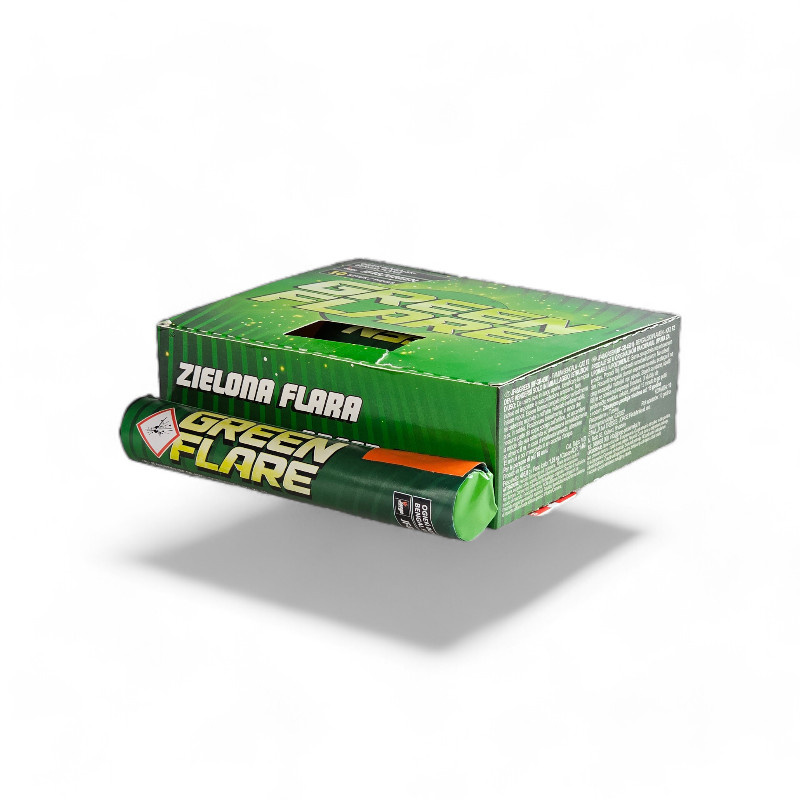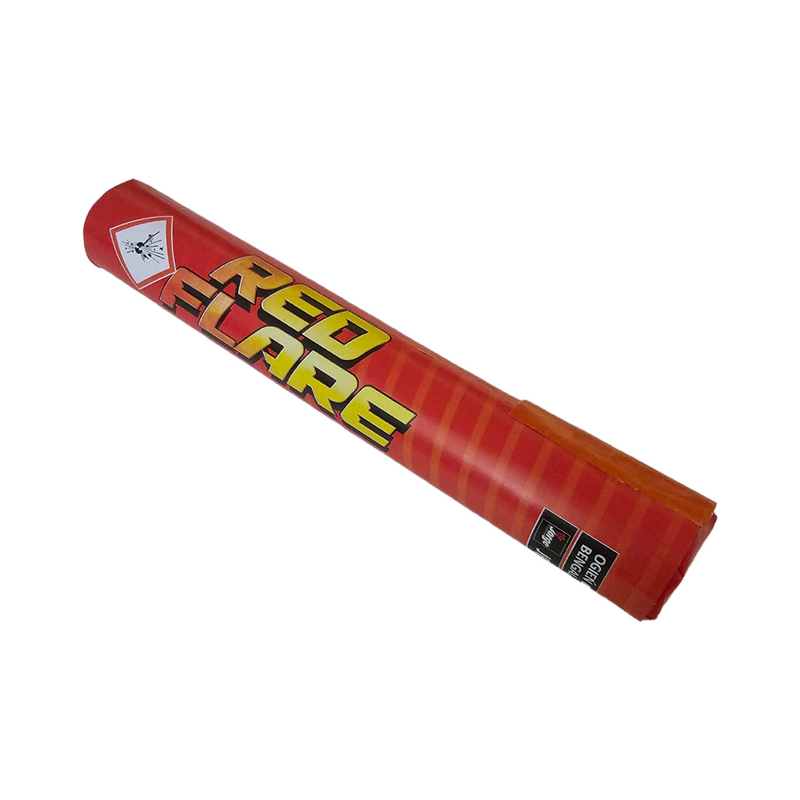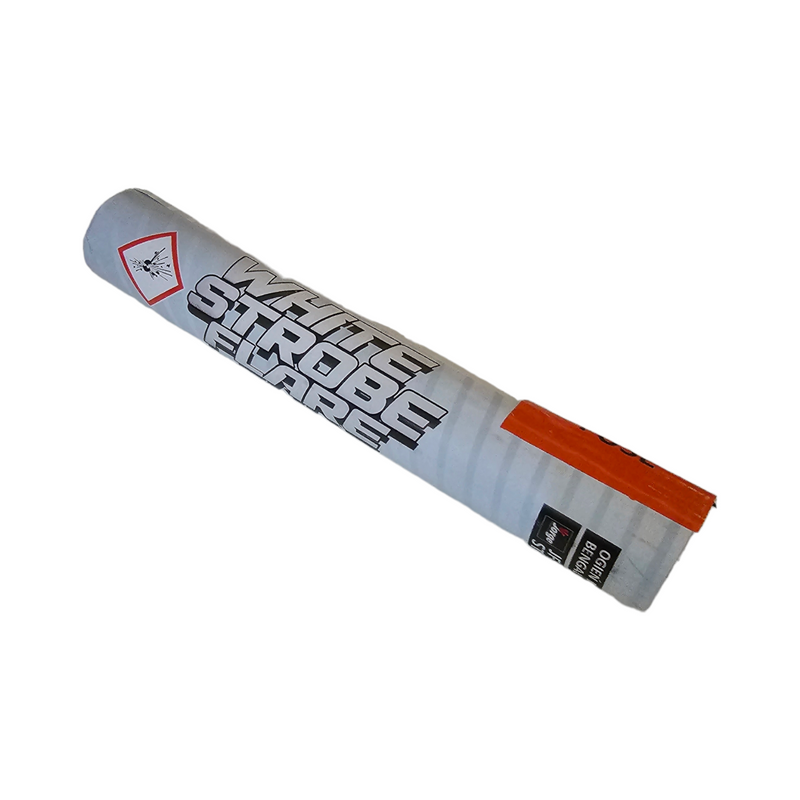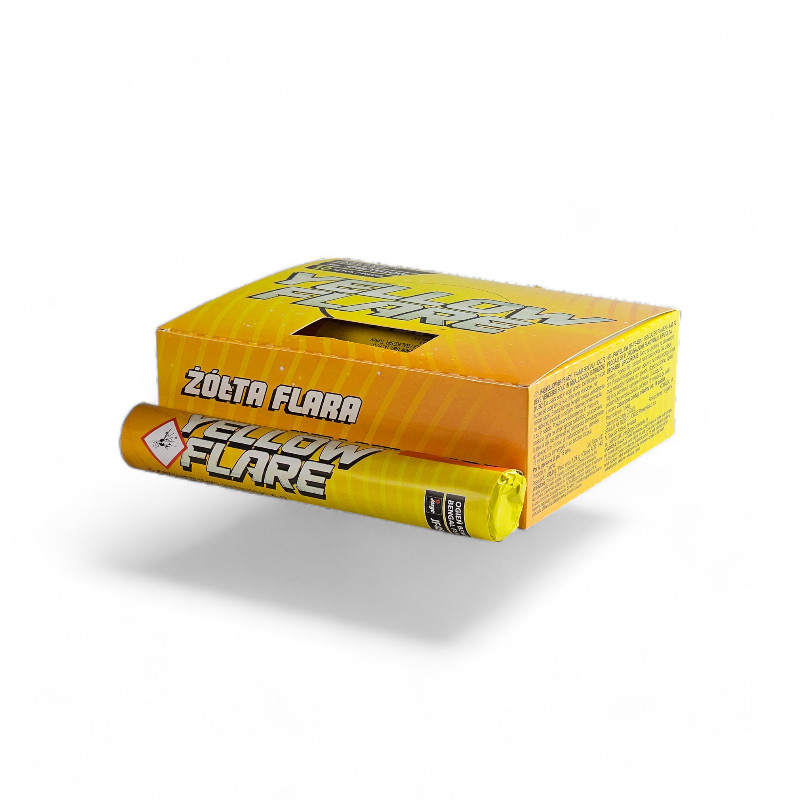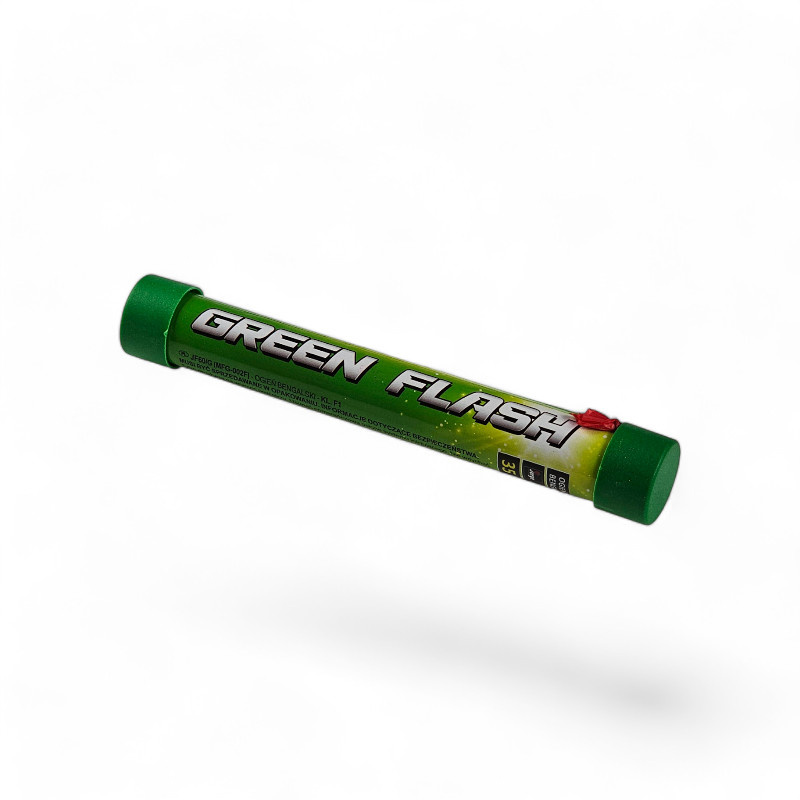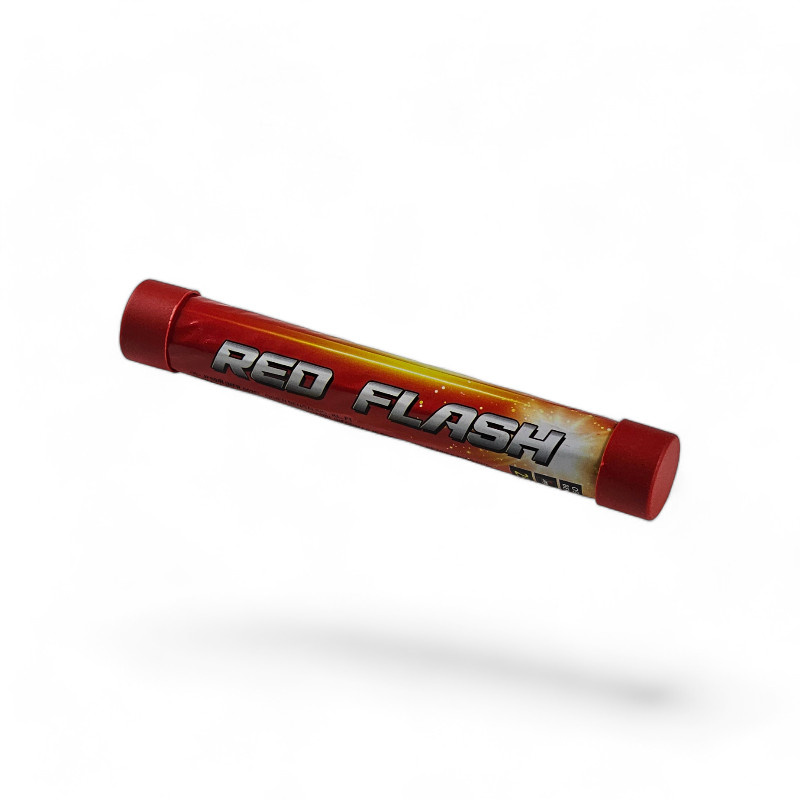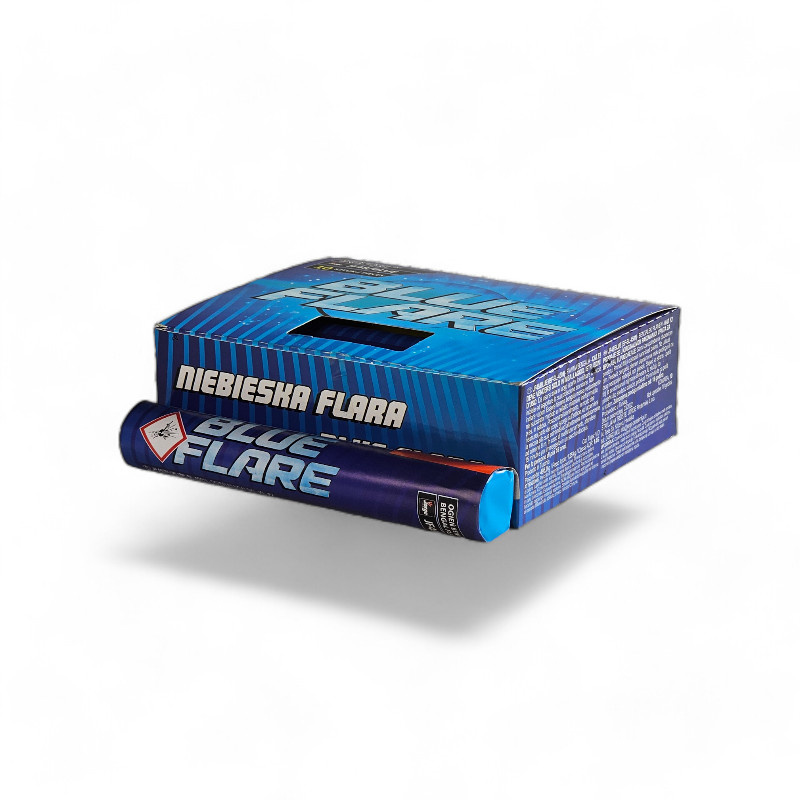Why Are Flares Used in Airplanes, Helicopters, and Fighter Jets?

🎇 Why Are Flares Used in Airplanes, Helicopters, and Fighter Jets?
Flares are small yet incredibly important pyrotechnic products used in aviation. They have various applications that contribute to safety and protection in the air.
In this article, we’ll take a closer look at why flares are an essential part of the equipment found on airplanes, helicopters, and fighter jets.
What Are Flares?
Flares are pyrotechnic devices that emit intense light. They are equipped with special inserts that, when ignited or exposed to heat, produce bright light in different colors.
There are two primary types of flares used in aviation: civilian and military.
Civilian flares, used for example in civil aviation, are mainly for signaling emergencies and attracting the attention of rescue teams.
Military flares, used by combat aircraft and helicopters, serve to defend against enemy attacks and create confusion on the battlefield.
How Do Flares Work?
Flares operate through a chemical reaction. Their main components are chemicals that, upon ignition, release large amounts of light and heat energy.
The ignition mechanism can vary depending on the type, but most flares use chemical or thermal igniters.
Applications of Flares in Aircraft, Helicopters, and Fighter Jets
Flares have been used in aviation for a long time, and their functions are both strategic and life-saving.
Flares in Helicopters
Here are some key uses of flares in helicopters:
Missile Defense
In helicopters, flares play a vital role in defending against anti-aircraft missiles. Thermal flares are used to divert and confuse heat-seeking missiles, giving the pilot a better chance of survival.
Emergency Signaling
Flares in helicopters are also used as distress signals. In case of a critical malfunction or emergency, a flare can alert rescue teams to the location of the aircraft.
Search and Rescue Operations
Helicopters involved in search and rescue missions—on land or at sea—rely on flares to mark the location of people in need. This allows rescuers to find victims faster, even in poor visibility conditions.
Flares in Fighter Jets and Combat Aircraft
Flares are also widely used by fighter pilots. Here’s how:
Avoiding Missiles
For fighter jets, flares are critical for evading missiles launched by enemy aircraft. They are used to mislead radar- or infrared-guided missiles. Once deployed, a thermal flare draws the missile’s attention and redirects it away from the jet.
Position Masking
Fighter pilots may also use flares to obscure their position. Launching multiple flares in different directions can confuse enemy pilots and make it harder to lock onto a target.
Air Combat Tactics
Flares are often part of complex aerial maneuvers. A pilot may launch a flare at just the right moment to confuse opponents, create space, and gain a tactical advantage in air combat.
Aviation Flare Trivia
A few interesting facts about aviation flares:
The first aviation flares were made from wood and fabric soaked in chemical compounds.
Depending on atmospheric conditions, flares can be visible from several kilometers away.
Flares come in different colors—red, yellow, green, white—each with specific signaling meanings.
Why Are Flares Used in Aircraft? Summary
Flares are an essential part of aviation safety systems. Their effectiveness and versatility make them irreplaceable in critical scenarios—from missile evasion to life-saving rescue missions.
Whether in civil aviation, military operations, or rescue work, flares continue to play a vital role in protecting lives both in the air and at sea.
Recommended
